Soft modern architecture is shifting from stark minimalism toward a warmer, nature-forward vibe: muted earth tones, sustainable claddings, biophilic details, and high-tech touches now work together to give a house exterior lasting curb appeal and lower operating costs. Recent 2025 design reports show homeowners gravitating to mixed materials, deeper colors, and smarter building components that age gracefully while cutting maintenance. The 20 ideas below translate those macro-trends into practical, visually striking moves you can apply to almost any style of home.
1. Embrace Earthy Sage Green & Charcoal Contrast
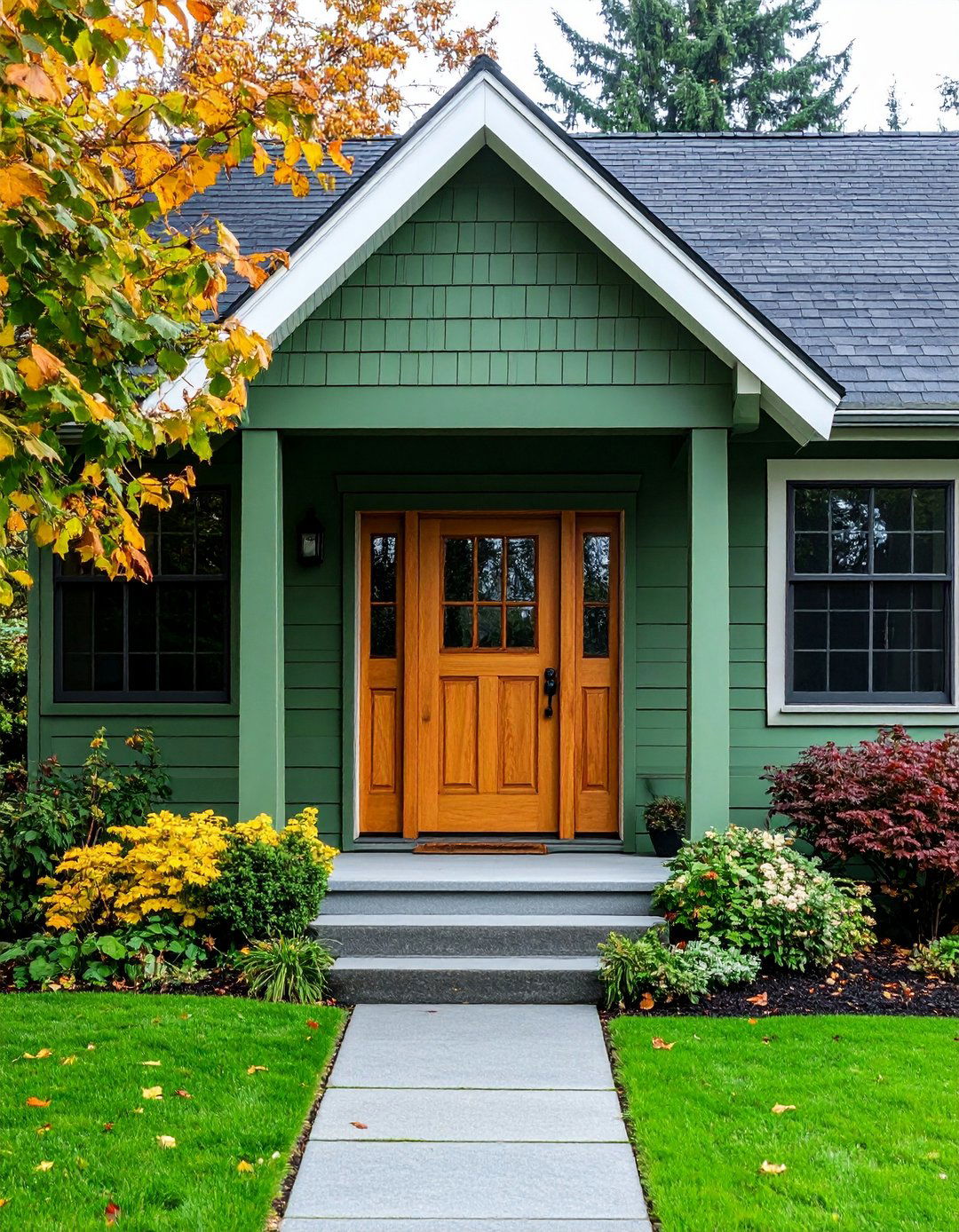
A touch of sage green siding paired with charcoal trim instantly updates a house exterior while echoing surrounding vegetation. Designers predict the muted green to be 2025’s most requested paint color because it feels both calm and modern, especially when offset by crisp black accents and warm wood doors. Beyond aesthetics, medium-depth colors hide dirt better than bright whites, so touch-ups are less frequent. Use low-sheen, high-performance exterior paint to minimize glare and boost UV resistance. If your lot has mature trees, the palette recedes into the landscape, letting architectural details shine instead of shouting.
2. Showcase Black Windows on a Board-and-Batten Exterior

Unlike the all-white farmhouse craze of the last decade, swapping to deep-black frames against vertical board-and-batten siding gives a house exterior sculptural shadows and crisp sightlines. The dark mullions read like eyeliner, emphasizing proportion and rhythm while masking grime between cleanings. For the siding, choose composite or engineered wood boards factory-coated in weatherproof finish; their subtle texture plays nicely with smooth metal frames. Finish corners with cedar trim stained to match the porch beams so the look feels intentional, not stark. At dusk, uplight a few battens to create nighttime dimensionality.
3. Invest in Fiber-Cement Siding for Lasting Curb Appeal
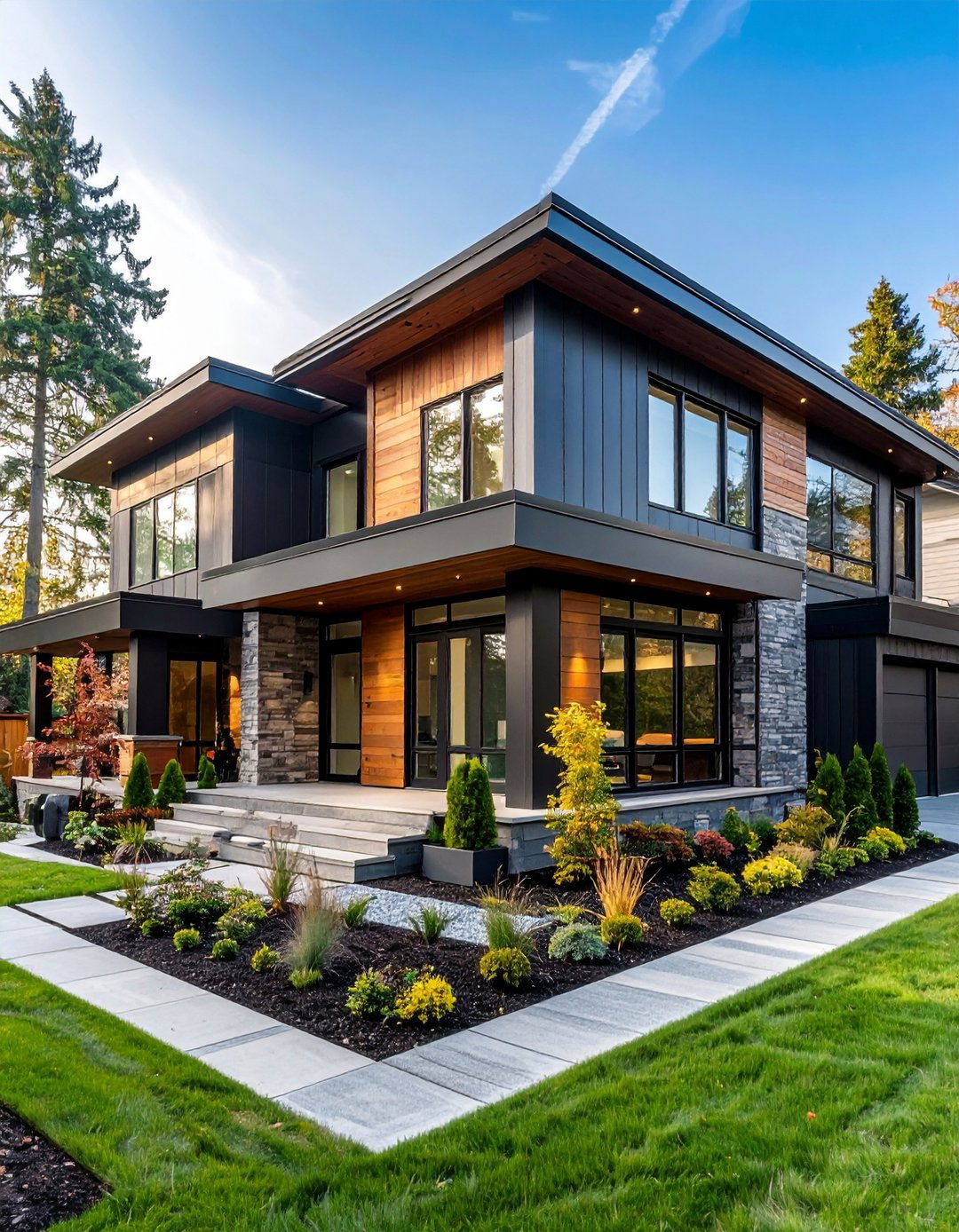
Fiber-cement siding quietly solves two chronic house exterior headaches: impact damage and relentless repainting. The composite boards resist wind-thrown debris, insects, and fire while holding color 15 – 20 years between coats, far longer than vinyl or wood. Because the planks are dimensionally stable, you can run narrower reveals and mitered outside corners for sleek modern lines. Many brands now mold cedar-grain or smooth panels in the same system, letting you mix textures without juggling suppliers. Although material costs run higher up front, the 50-plus-year life span makes total ownership far cheaper.
4. Layer Materials for a Modern Mixed-Texture Facade
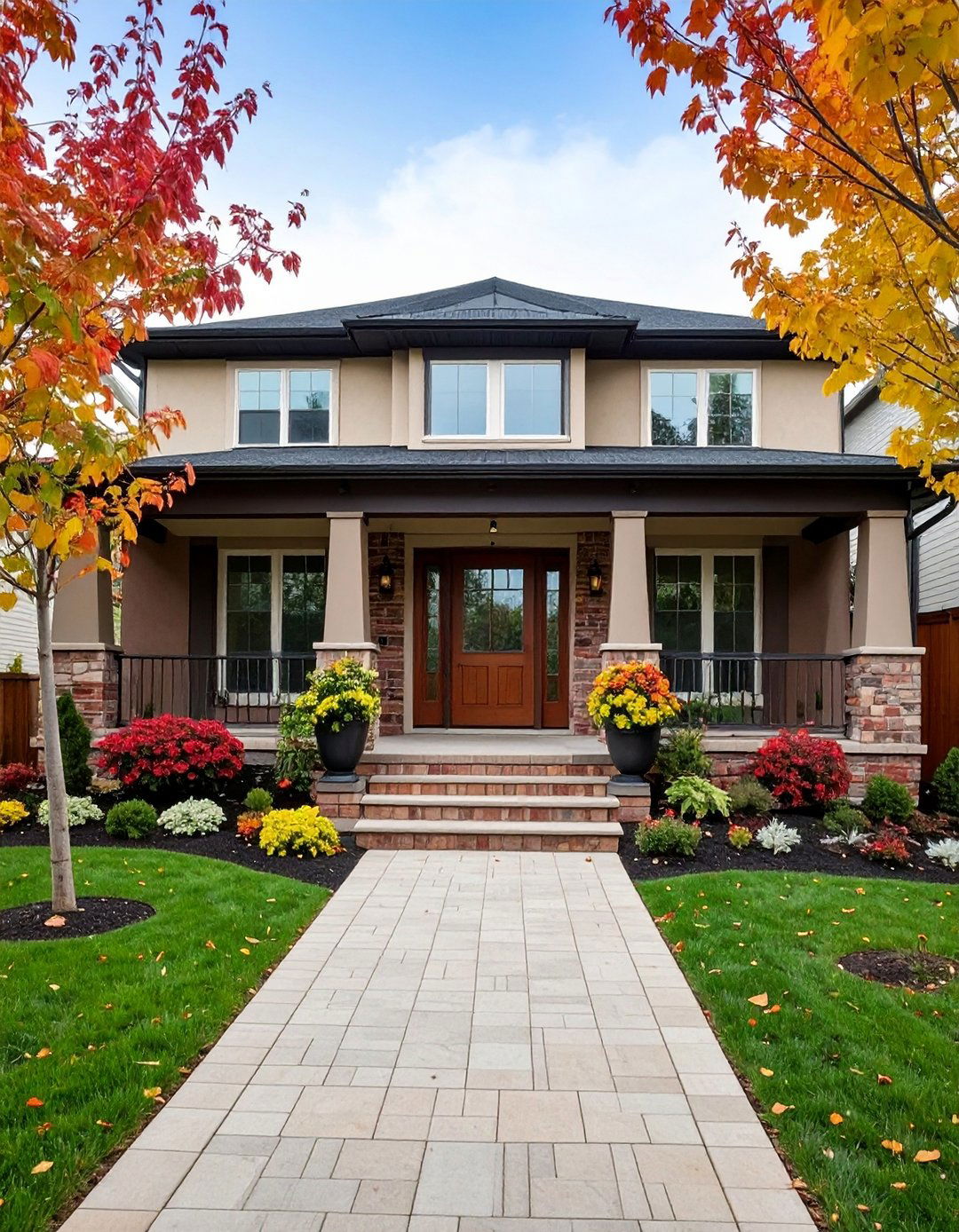
Architects are deliberately combining brick, stucco, charred timber, and metal in the same elevation to keep the eye moving and break up large masses. The 2025 trend toward artful juxtaposition creates a house exterior that feels bespoke rather than builder-basic. Start with one dominant cladding, then add a contrasting “ribbon” material—perhaps hand-troweled stucco between brick piers—to highlight entries or upper stories. Using complementary yet distinct textures also hedges maintenance risk; if one surface needs refinishing, the whole façade needn’t be repainted at once.
5. Add Weathered Corten Steel Highlights
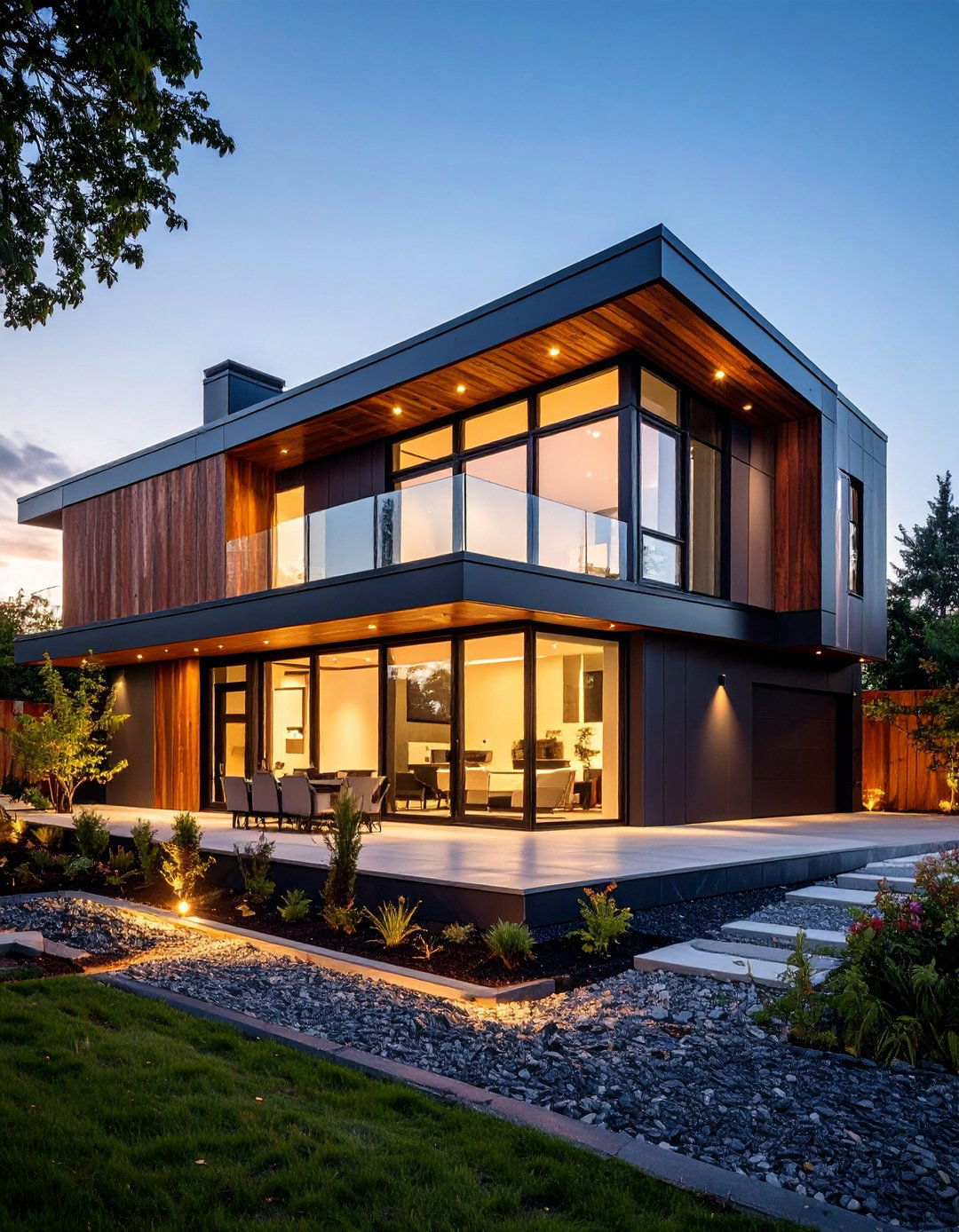
Corten’s rust-orange patina delivers instant drama and ages to a protective crust that eliminates repainting, making it ideal for accent walls, chimney surrounds, or mailbox columns. Because the alloy intentionally oxidizes, install a drip edge and gravel strip so runoff doesn’t stain adjacent concrete. Pair the metal with charcoal siding or pale stucco; the complementary colors showcase its texture. If a full panel feels too bold, use laser-cut Corten screens as privacy panels that glow under backlighting after dark.
6. Warm the Look with Vertical Timber Cladding

Vertical timber cladding introduces Scandinavian warmth, draws the eye upward, and naturally channels rainwater. Sustainable thermally-modified pine or cedar boards resist rot without chemicals and are increasingly featured on modern house exteriors for their low-carbon footprint. Mixing a wood-accented upper story with masonry below lightens massing while adding tactile richness. Protect boards with breathable oil-based stain instead of film-forming paint so they weather gracefully, not peel. Stainless fasteners and open-joint rainscreen battens allow air flow, extending board life.
7. Install Living Walls for a Biophilic Exterior
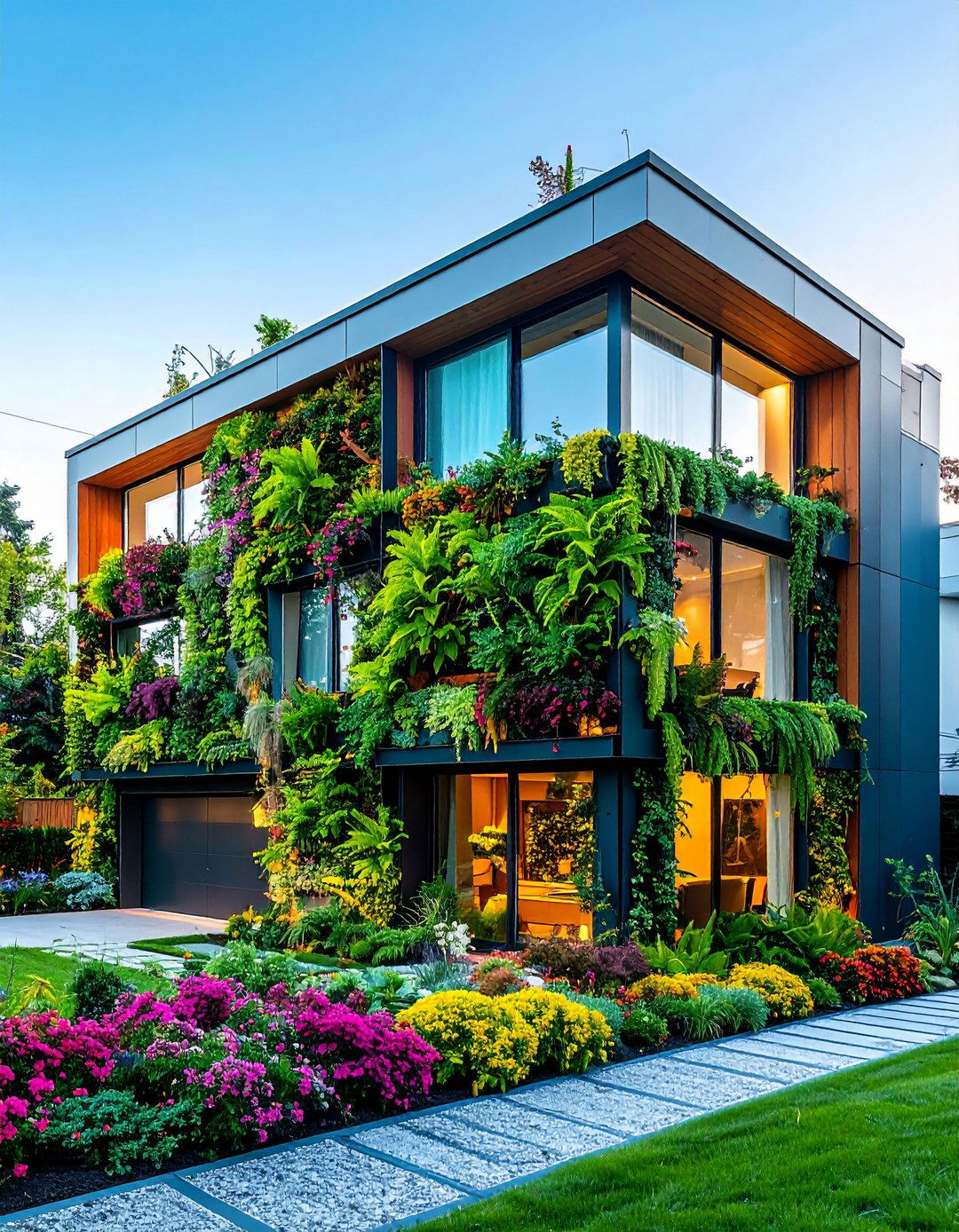
Few upgrades soften hard facades like a living wall dripping with ferns or flowering vines. Green-facade systems anchor plants in modules or soil beds, cooling the building envelope and filtering pollutants while boosting curb appeal. For a house exterior, concentrate greenery on sunny south- or west-facing walls to slash summer surface temperatures. Modular panels make seasonal swaps easy—think mums in fall, strawberries in spring. Integrate a simple drip-irrigation loop tied to rain-barrel storage to keep upkeep minimal.
8. Turn the Roof into a Lush Green Oasis
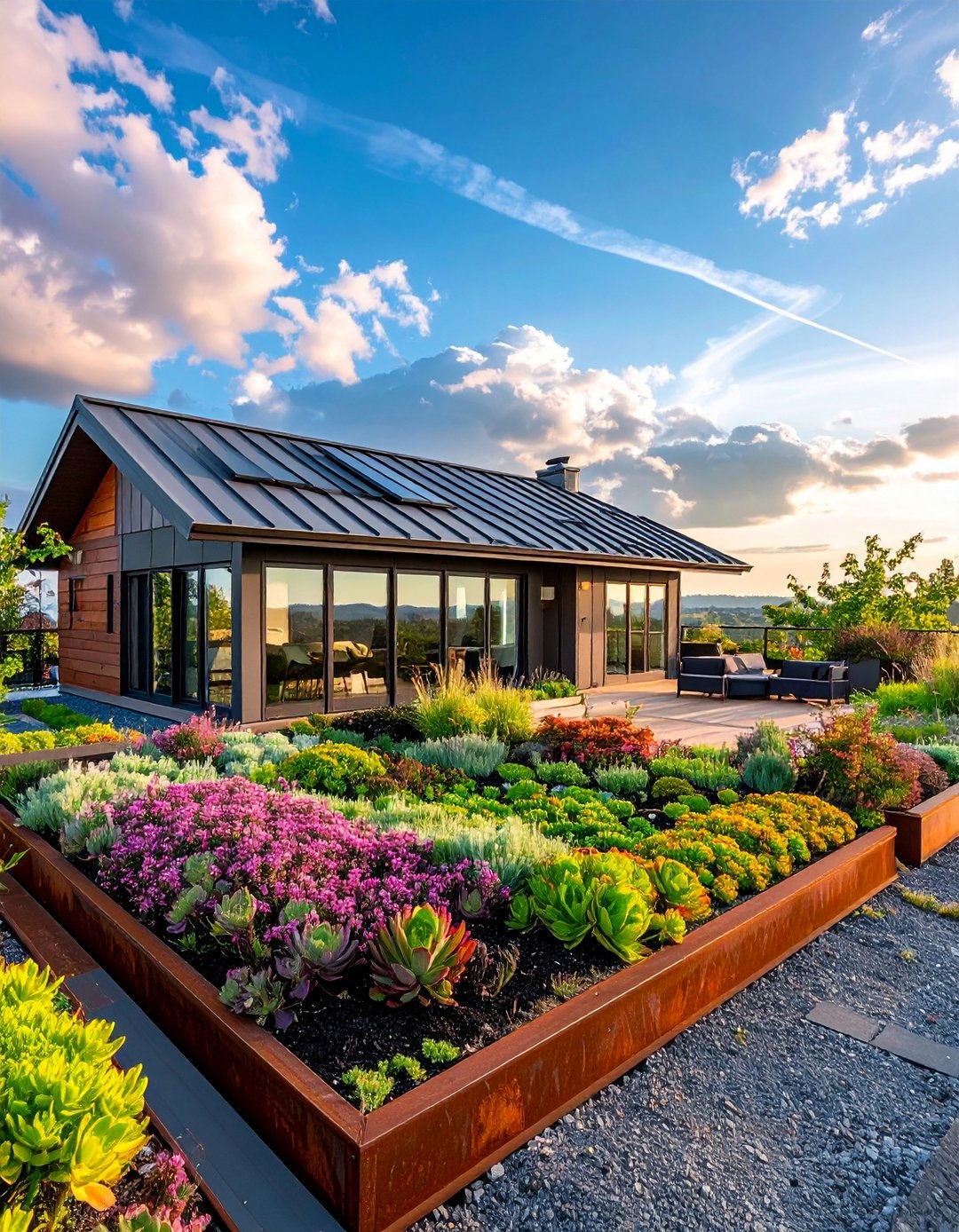
A lightweight intensive or extensive green roof layers waterproofing, drainage mats, and hardy sedums so the top of a house exterior becomes another garden. Besides visual wow factor, the vegetated blanket insulates, prolongs membrane life, and trims storm-water runoff by up to 60 percent. Low-profile assemblies add as little as 15 lbs-per-sq-ft when fully saturated—often within existing structural capacity for ranches and bungalows. Edge the planting zone with Corten trim for a tidy sightline from the street or neighboring second stories.
9. Hide Power Generation with Sleek Solar Roof Tiles
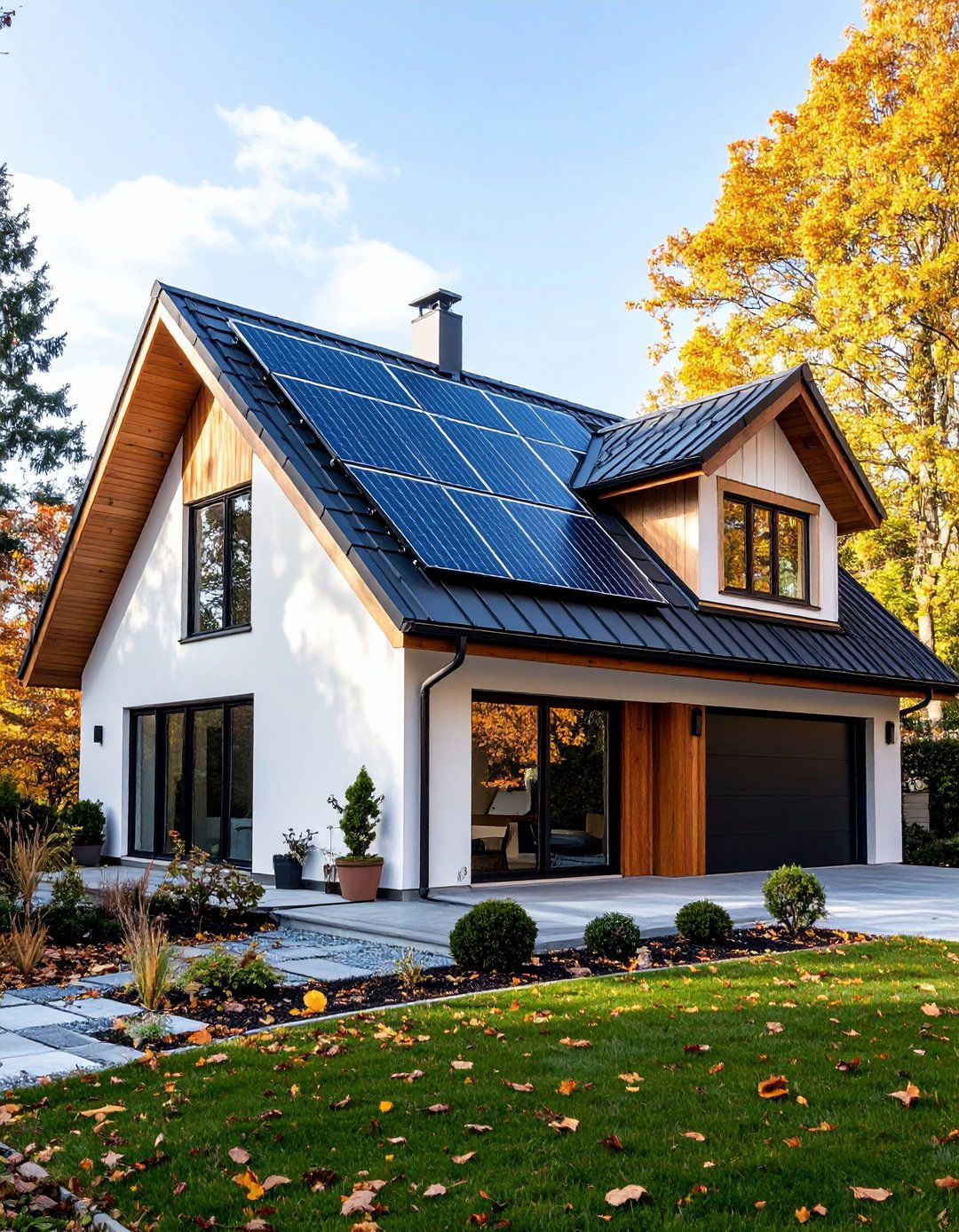
Glass-covered photovoltaic tiles now mimic architectural shingles so convincingly that neighbors may not realize your house exterior is silently producing kilowatts all day. Integrated solar roofs from Tesla and others replace traditional roofing rather than stacking on top, delivering clean lines and long warranties. Because wiring runs beneath the tiles, snow slides off more easily, reducing ice-dam risk. Pair the system with a battery wall in the garage to power landscape lighting and EV chargers at night, shrinking utility costs and carbon footprint simultaneously.
10. Upgrade to Permeable Paver Driveways
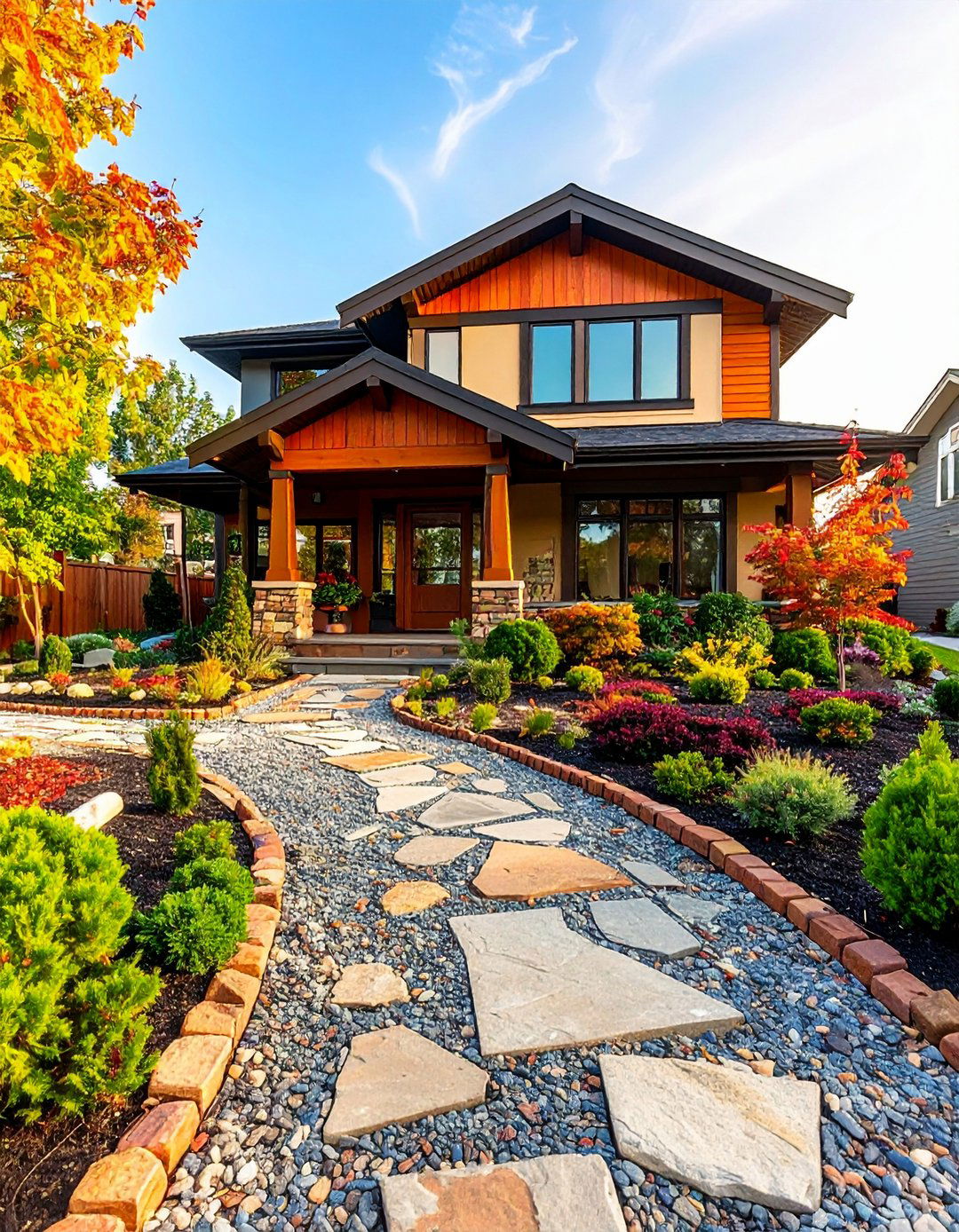
Permeable pavers interlock over gravel to let rainwater seep into the soil, stopping puddles and reducing stress on municipal drains. Aesthetically, the patterned surface reads like a tailored welcome mat that frames the house exterior, especially when bordered by contrasting soldier-course bricks. Choose pavers in hues pulled from your façade stone to create a cohesive palette. Regular vacuum sweeping keeps joints free of sediment, preserving infiltration rates for decades. Some municipalities even offer rebates for permeable installations—check before you pour another slab of concrete.
11. Opt for Xeriscape Front Landscaping
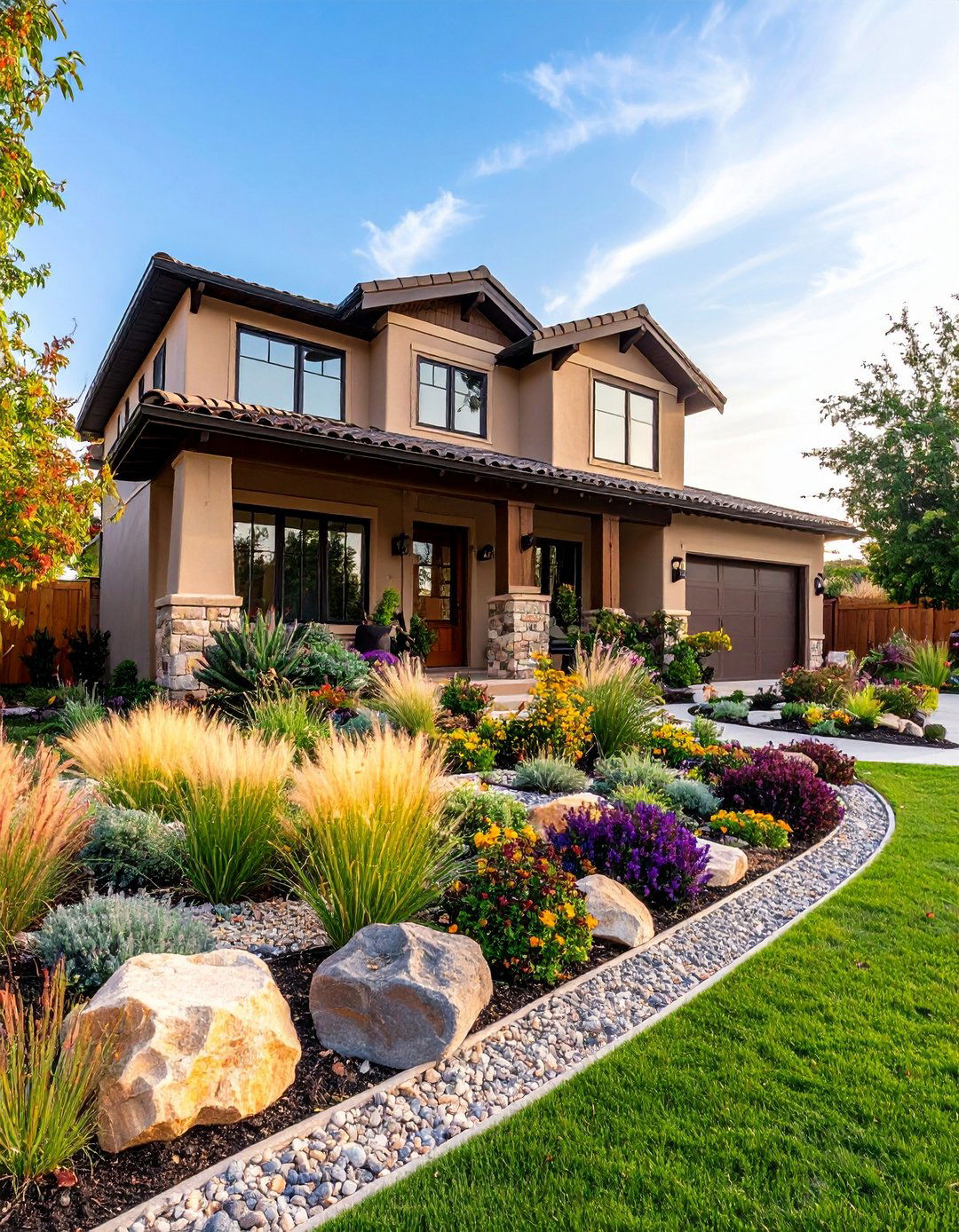
In arid and semi-arid regions, xeriscaping swaps thirsty turf for native grasses, gravel bands, and drought-tough perennials, cutting outdoor water use by up to 75 percent and giving the house exterior a fresh, desert-modern vibe. Layer textures—spiky yucca beside soft buffalo grass—so the yard feels curated, not barren. Drip irrigation and three-inch rock mulch keep roots cool while minimizing weeds. The result: lower bills, less mowing, and a cohesive aesthetic that complements stone, stucco, or charred wood walls.
12. Illuminate with Smart Outdoor Lighting
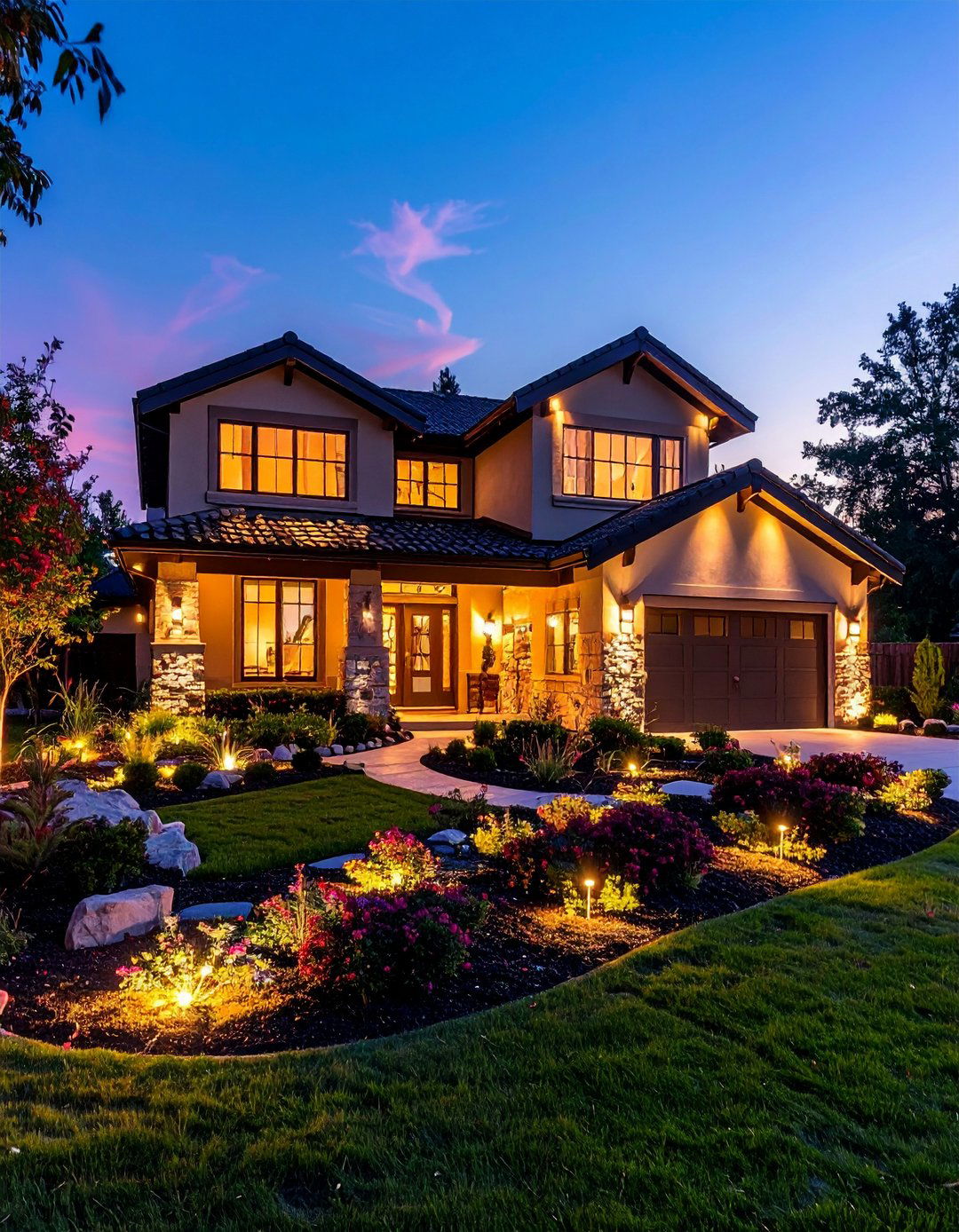
Smart landscape fixtures now pair color-tunable LEDs with AI-driven apps that learn occupancy habits, automatically brightening paths when you arrive and dimming soffit washes after bedtime. The tech adds security and drama to a house exterior while slashing energy use up to 80 percent. Accent warm-white beams on textured cladding and cooler hues on greenery for depth. Because bulbs last 50,000 hours, you’ll climb fewer ladders swapping lamps.
13. Make the Garage Door a Show-Stopping Feature
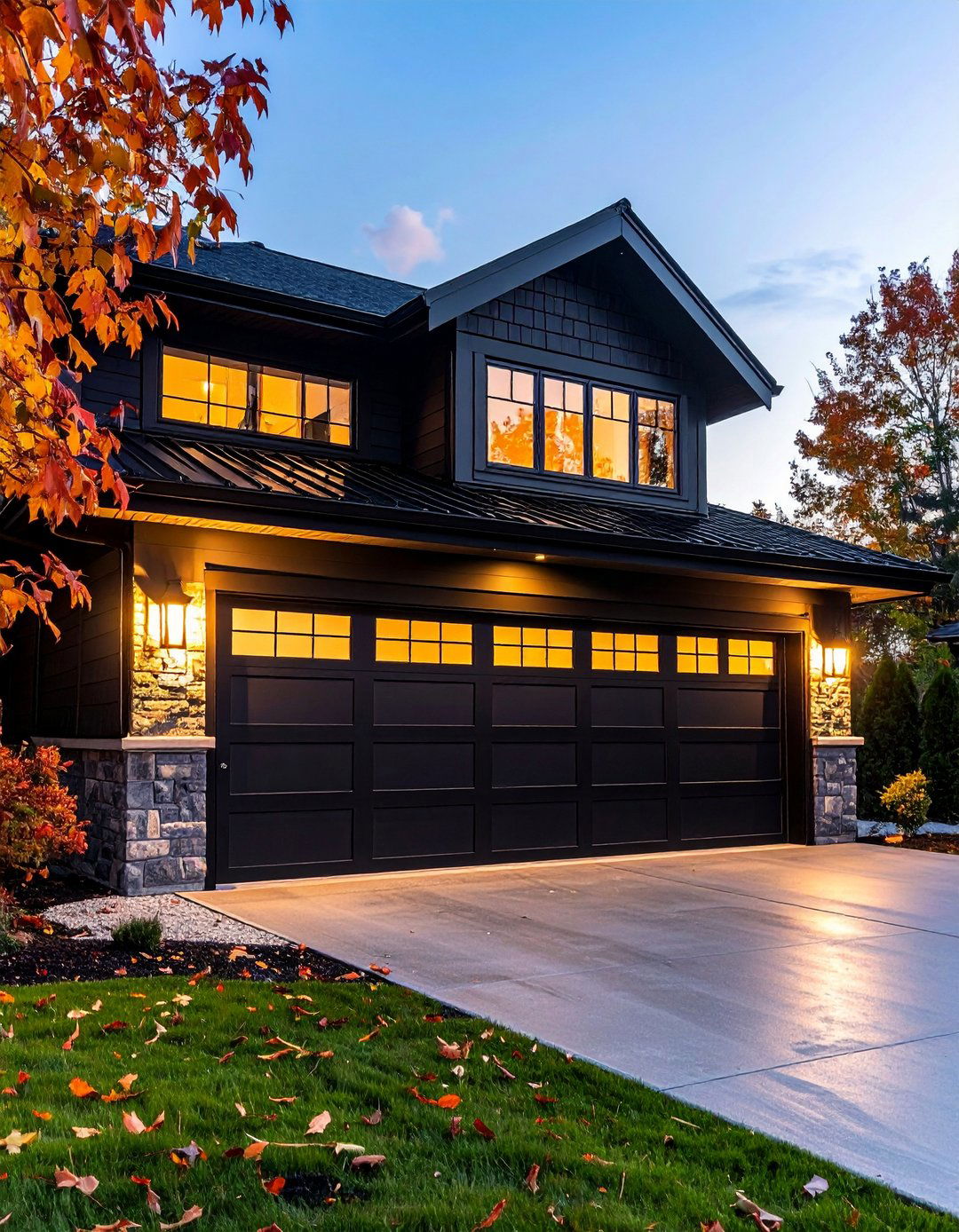
A bold garage door—whether ribbed black steel, chevron-pattern cedar, or full-glass panels—can anchor a house exterior the way a statement necklace elevates an outfit. Opt for insulated panels with low-E glazing so style doesn’t sacrifice comfort in rooms above. Matching the door’s finish to window mullions or front-door hardware ties the palette together. For extra punch, flank the opening with slim up-down sconces that graze the door’s texture after sunset.
14. Blur Boundaries Using Folding Glass Doors
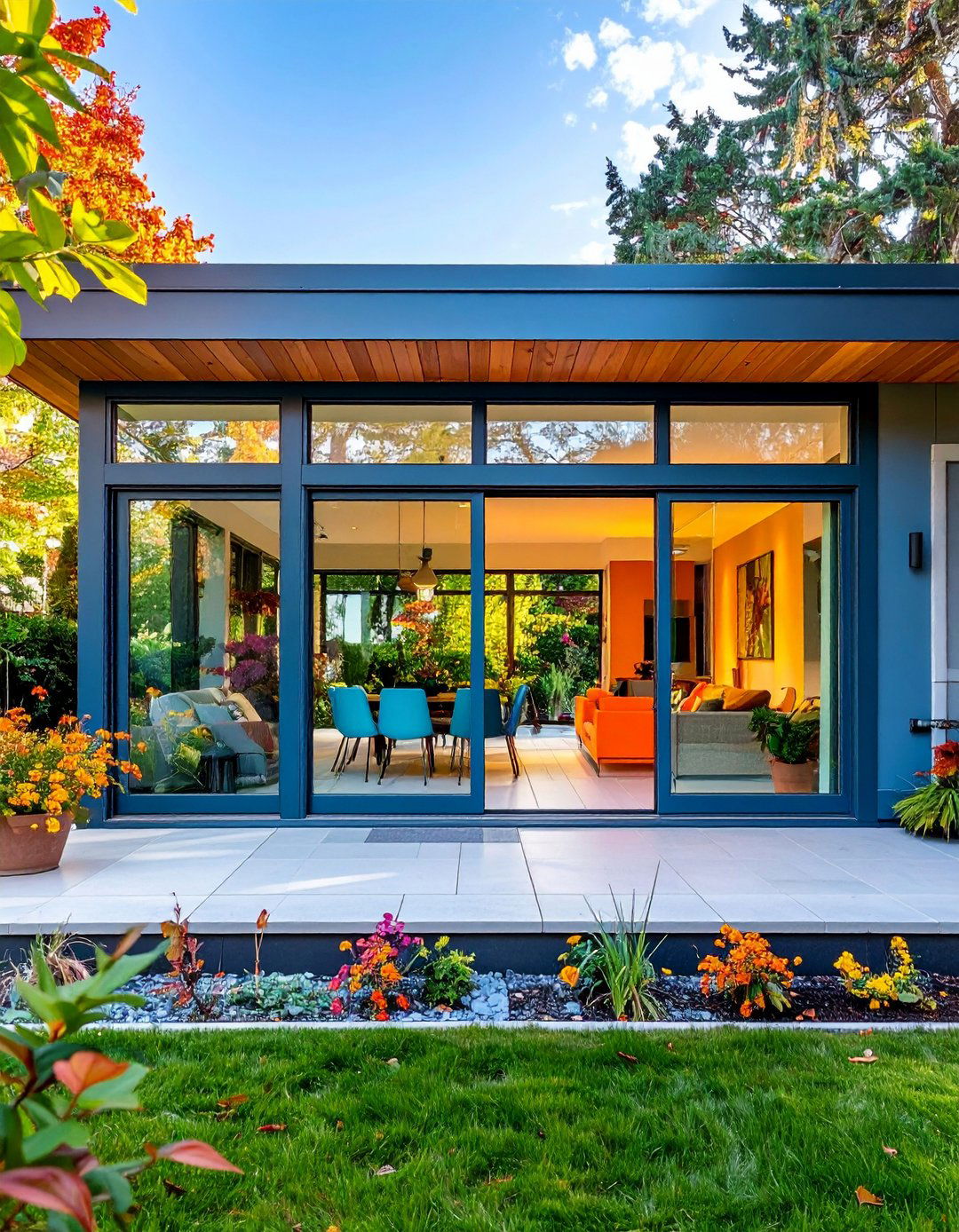
Accordion-style or bi-fold patio doors open entire walls, merging indoor and outdoor living and visually enlarging your house exterior footprint. Modern aluminum or wood-clad frames hide heavy-duty rollers that glide effortlessly, and multi-point locks boost security. When closed, low-E triple glazing maintains energy efficiency; when stacked, traffic flows effortlessly during parties. Align the door track with the interior floor for a seamless threshold that also meets universal-design standards.
15. Go Bold with Dramatic Dark Exterior Colors
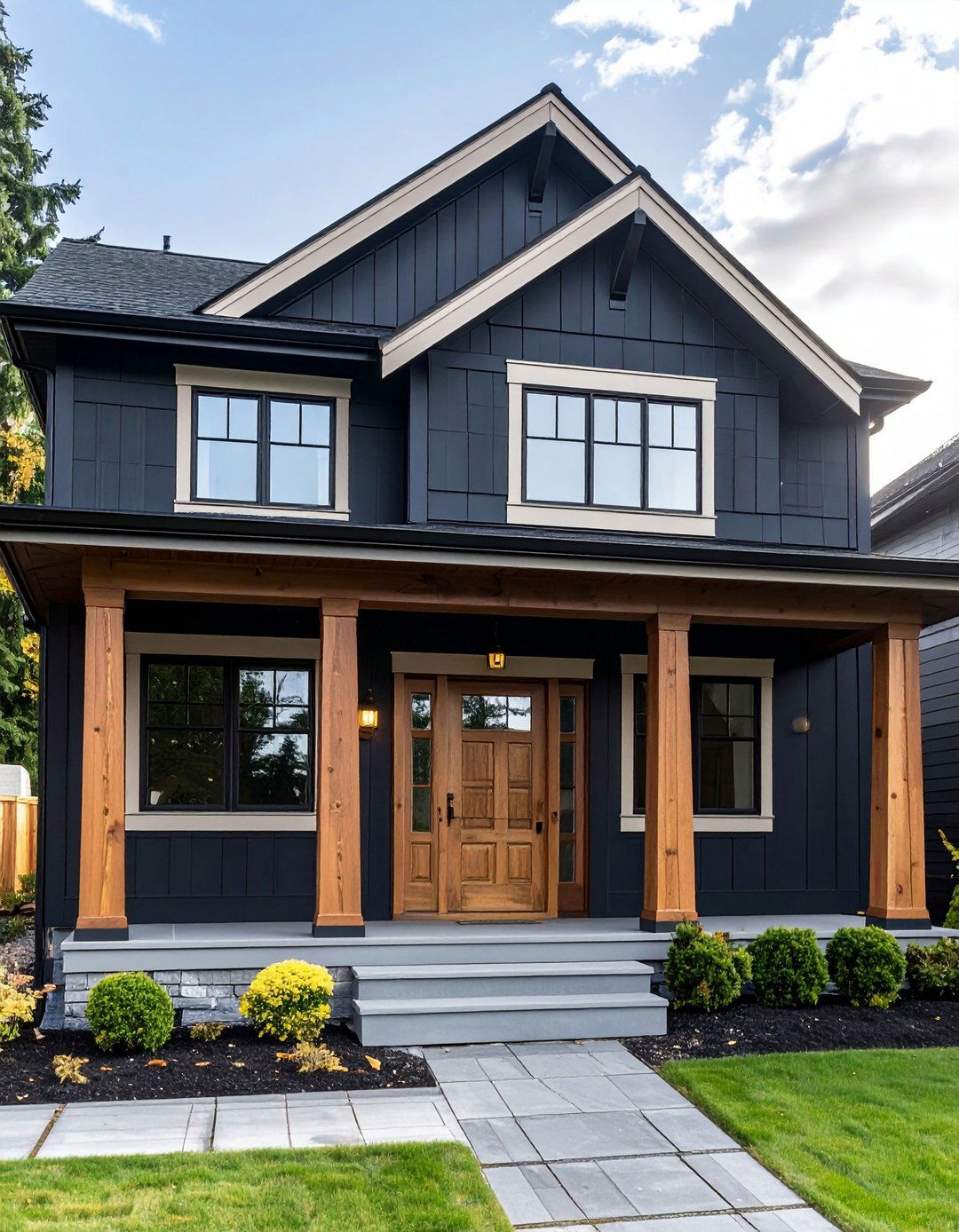
Deep charcoal, midnight blue, and even matte black exteriors are shaking off their “too daring” reputation, lending contemporary gravitas and making adjacent greenery pop. High-quality acrylic-latex formulas resist fading and chalking, while subtle sheen variations—satin walls, gloss trim—emphasize architectural relief. If you fear a monolith, break up expanses with natural wood soffits or brass house numbers to catch light. Contrary to myth, dark paints only slightly raise wall temperatures when paired with proper ventilation.
16. Try Shou Sugi Ban Charred Wood Siding

Controlled charring seals cedar or pine boards, leaving a rich charcoal-black surface that resists rot, insects, and fire for up to five decades with minimal upkeep. The dramatic grain adds instant artisanal appeal to a house exterior, especially when juxtaposed with glass or smooth stucco. Order pre-burned boards from specialized mills for consistent finish and safer installation. Periodic oiling revives luster without stripping or sanding, making it a surprisingly low-maintenance choice.
17. Apply Limewash for Soft Textured Character
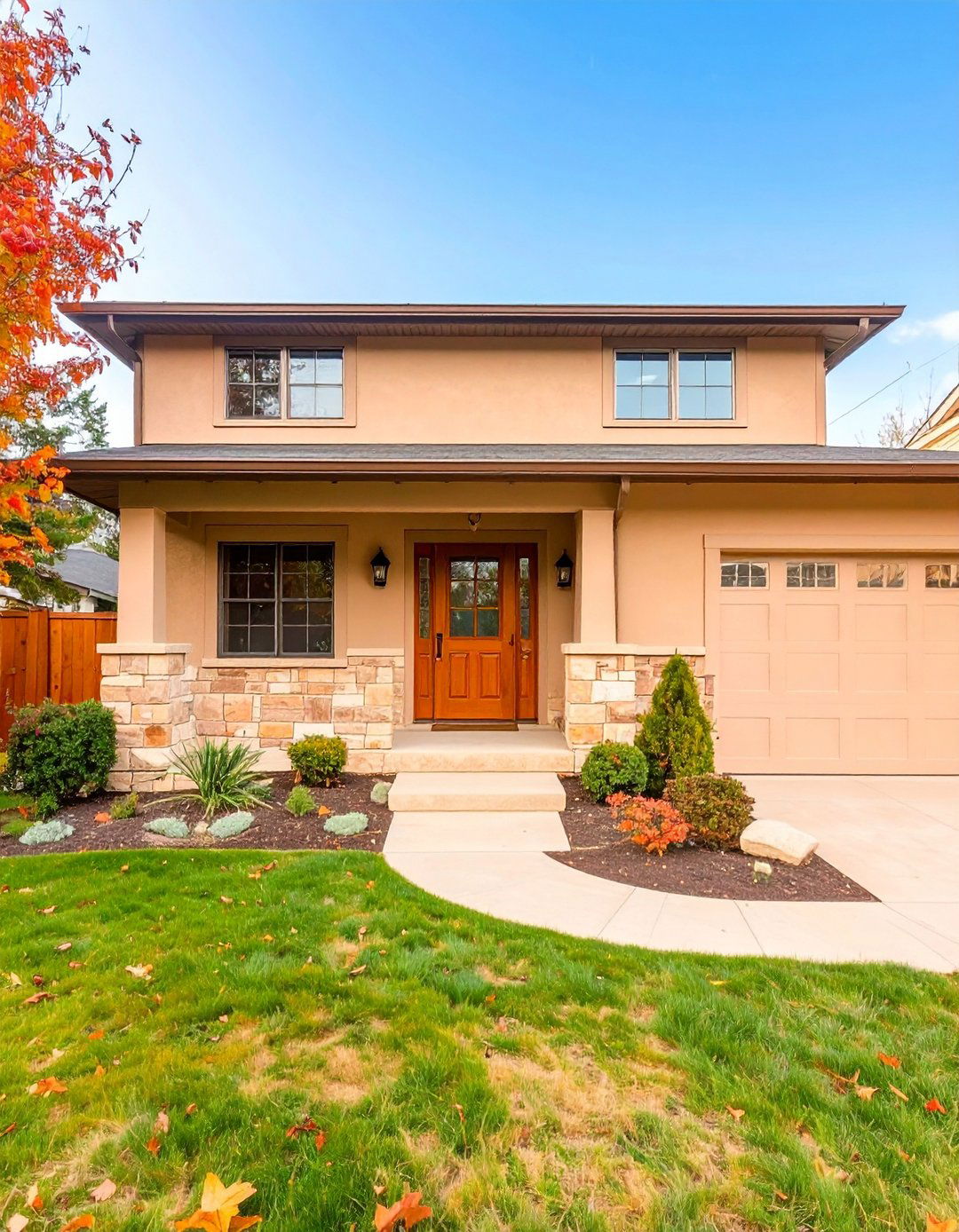
Limewash—slaked-limestone paint—soaks into masonry, leaving a breathable, matte coating that won’t trap moisture and ages with romantic chalky streaks. Brushing on two thin coats lightens heavy brick and gives the house exterior an Old-World vibe without hiding mortar joints. Because the finish gradually patinas, future touch-ups blend invisibly, unlike opaque latex. For extra depth, tint the limewash a warm taupe or dusty blue pulled from roof shingles.
18. Paint a Stand-Out Front Door Hue
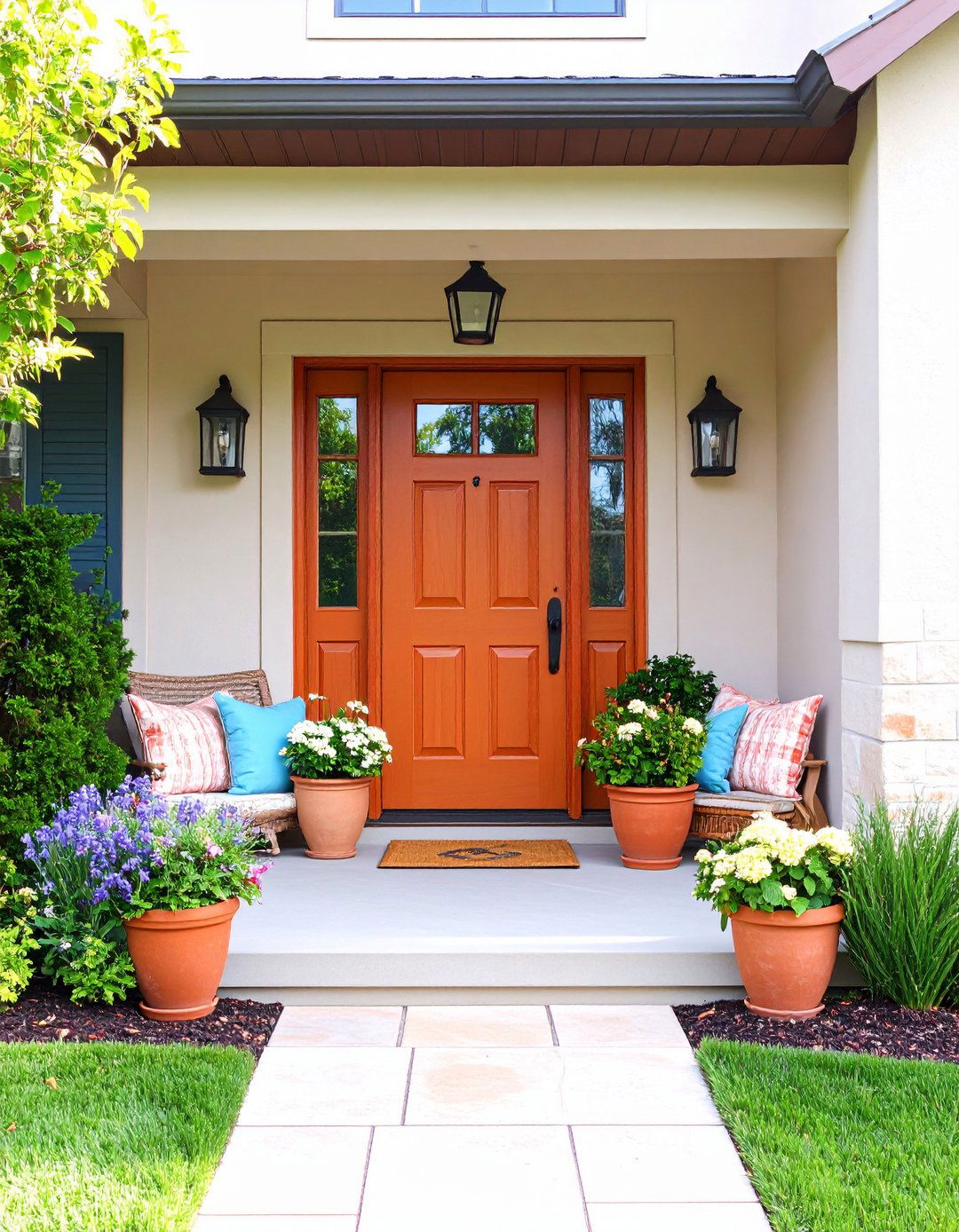
A punchy front-door color—think deep Bordeaux, heritage green, or sun-baked terracotta—spotlights the entry and boosts perceived home value with one afternoon of work. Satin alkyd enamel levels beautifully and withstands knocks from packages. Repeat the accent shade on planters or porch pillows so the statement feels intentional, not random. If you’re nervous about commitment, sample paints on a removable plywood panel first and view at different times of day.
19. Replace Downspouts with Sculptural Rain Chains
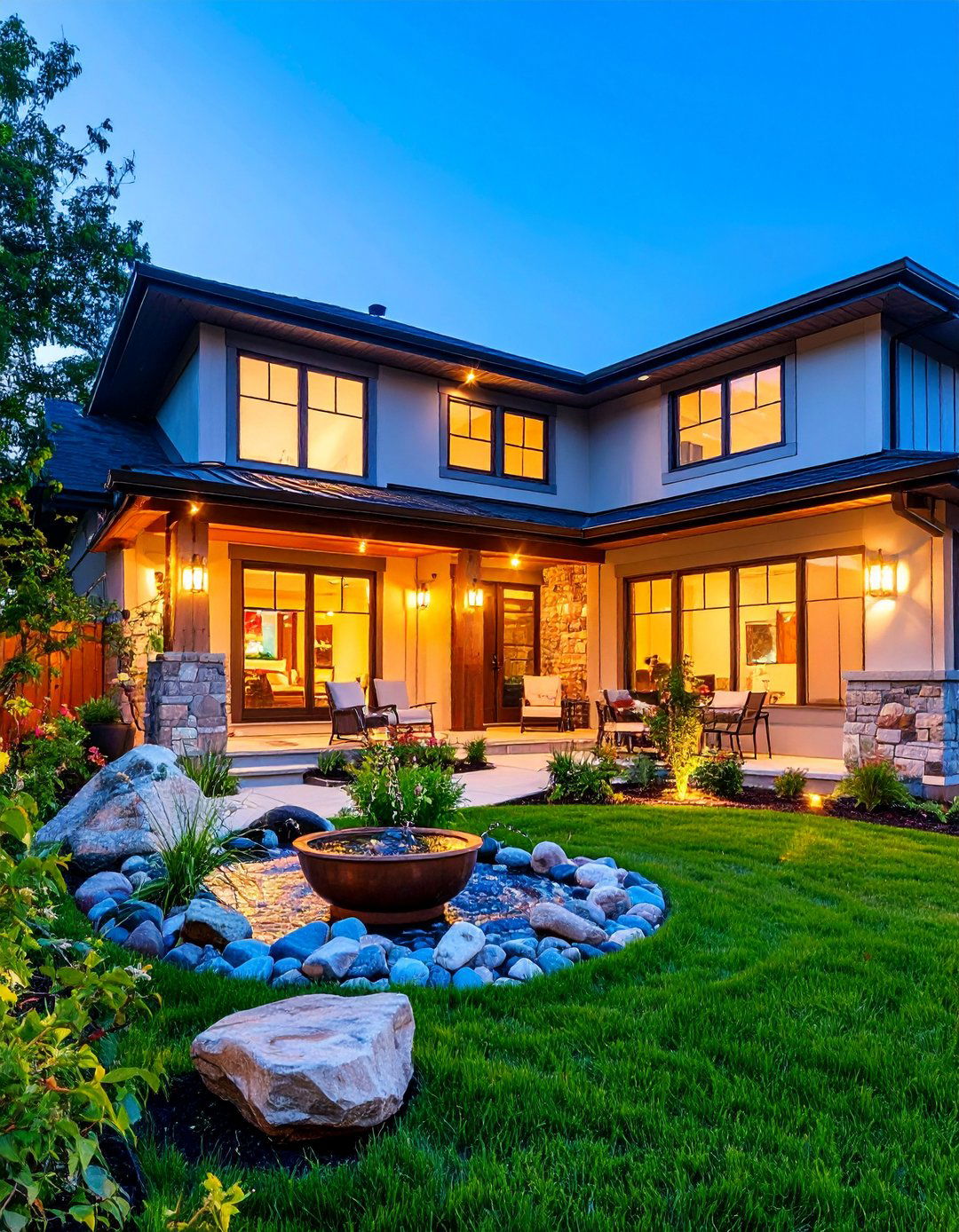
Rain chains guide water gracefully from gutter to ground while adding gentle percussion during storms—a sensory upgrade few house exterior features can match. Choose copper cups for traditional façades or minimalist stainless links for modern ones; both develop charming patinas over time. Anchor the chain over a decorative basin or river-rock trench to control splash. Because there are no enclosed tubes, clogs disappear, though chains work best in climates without extreme deluges.
20. Finish with Oversized Modern House Numbers
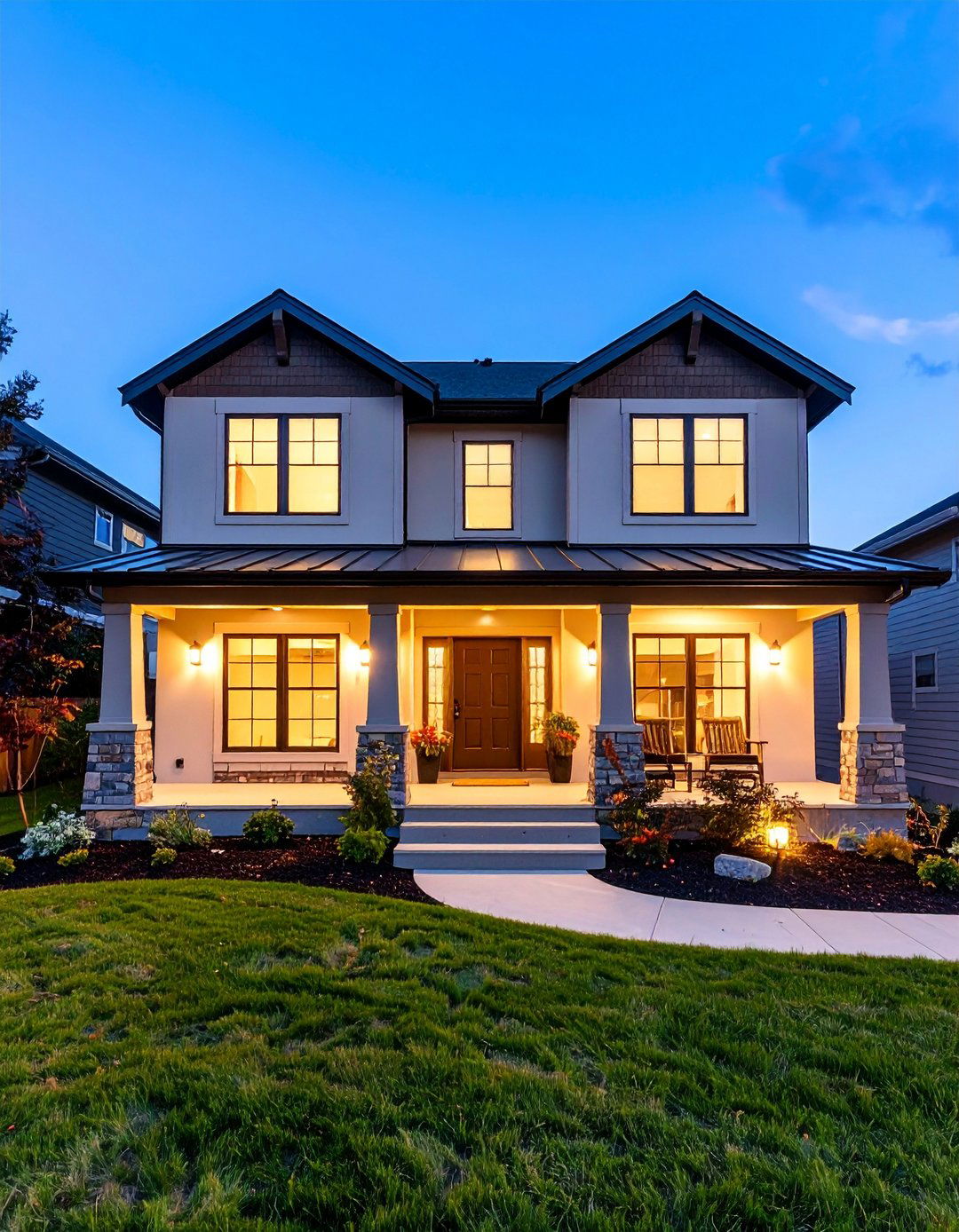
Large, laser-cut aluminum or LED-lit numerals not only help deliveries find you but double as affordable art for the house exterior. Mount them 60–66 inches above grade, where sightlines meet drivers’ eyes, and keep spacing equal to stroke width for legibility. Coordinating the metal finish with porch lights or door hardware ties everything together. Some smart versions even sync with Wi-Fi and glow different colors when packages arrive—small tech that feels delightfully futuristic.
Conclusion:
Great curb appeal in 2025 balances artistry with resilience: earthy paints, durable composite or charred wood claddings, living greenery, permeable hardscapes, and discreet smart tech all pull their weight to make a house exterior both beautiful and future-proof. By mixing textures, embracing nature-centric elements, and choosing long-life materials, you’ll enjoy lower maintenance costs, higher energy savings, and a façade that evolves gracefully rather than dating itself. Pick a few ideas that resonate with your climate and style, and watch your home’s first impression blossom.


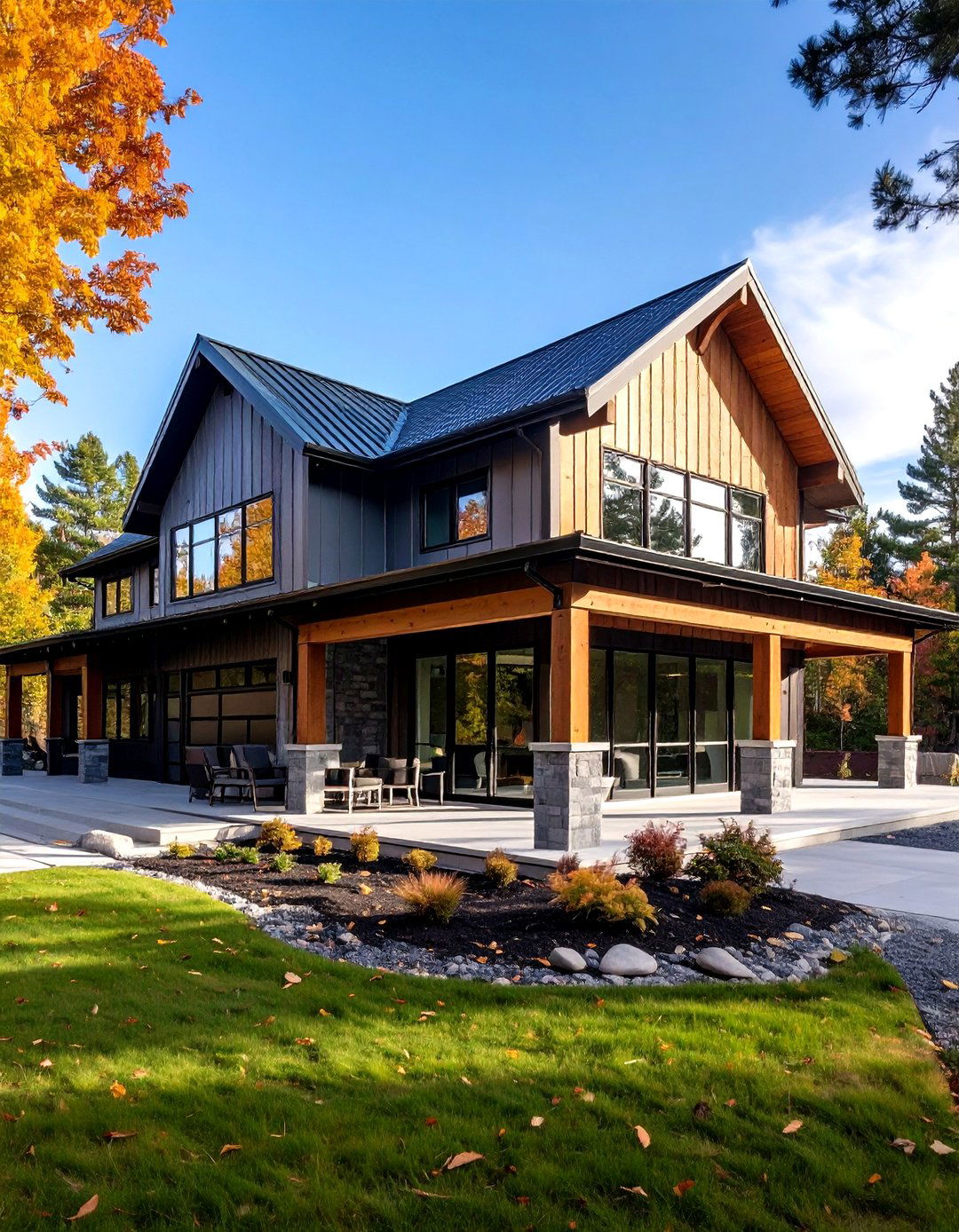
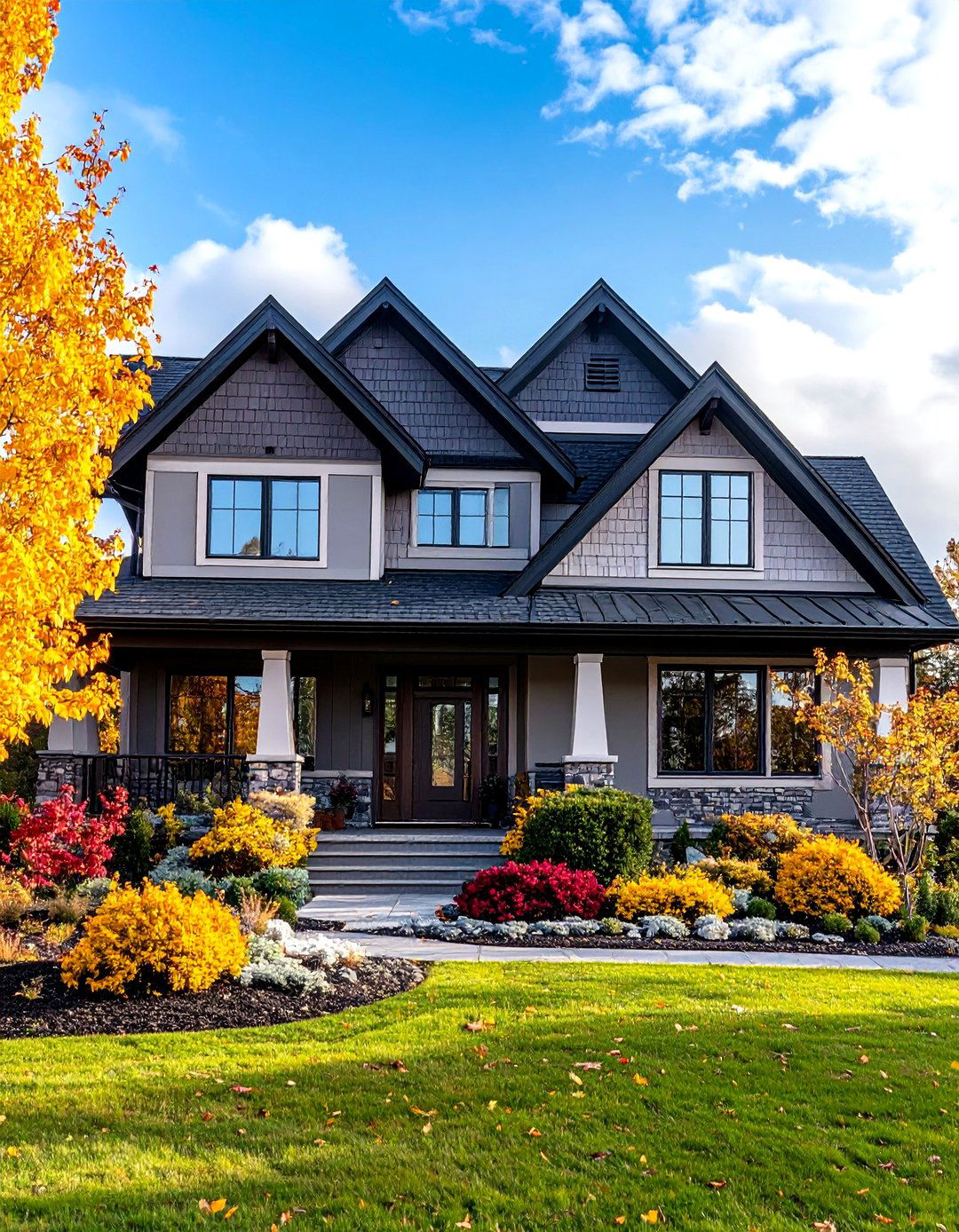
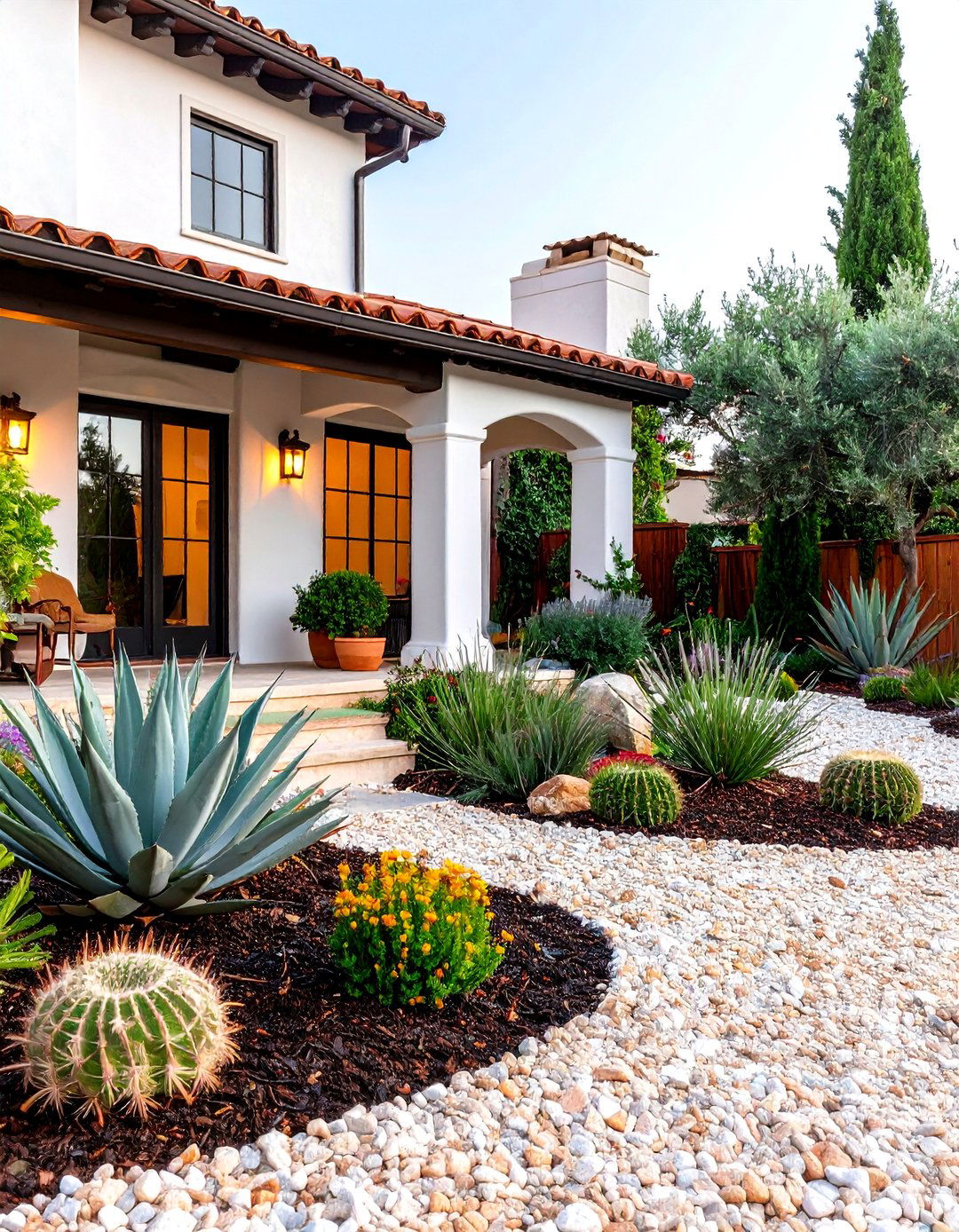
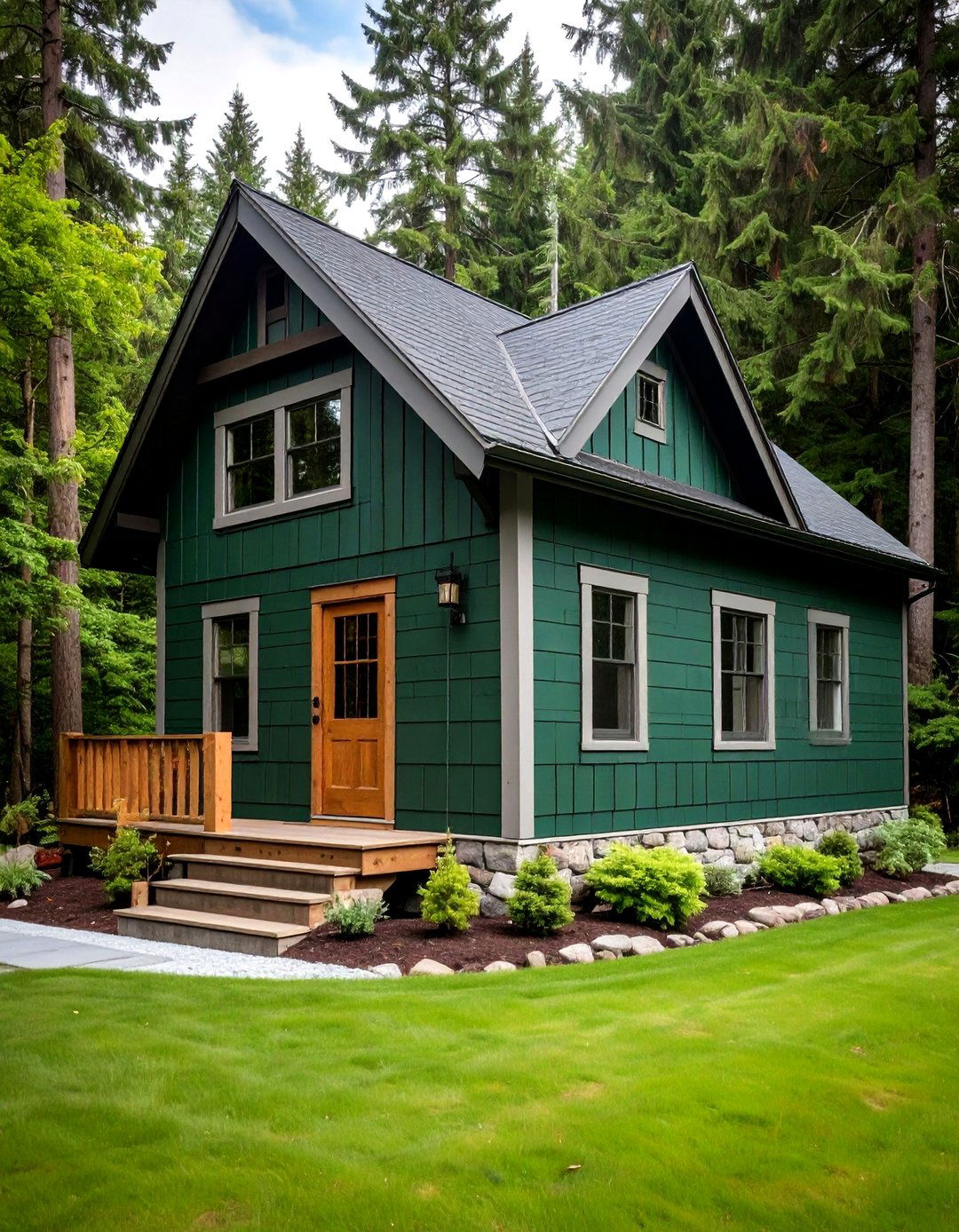
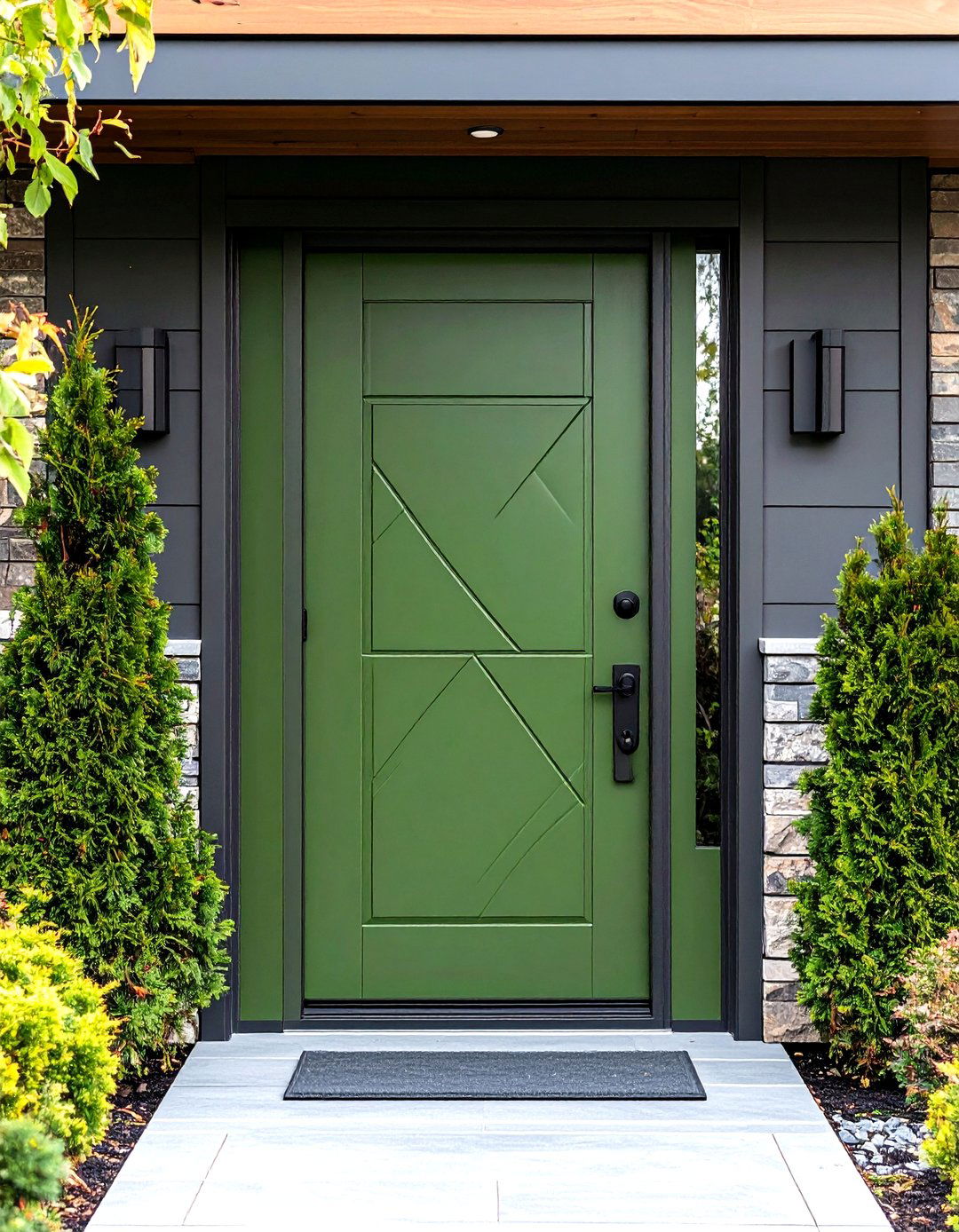
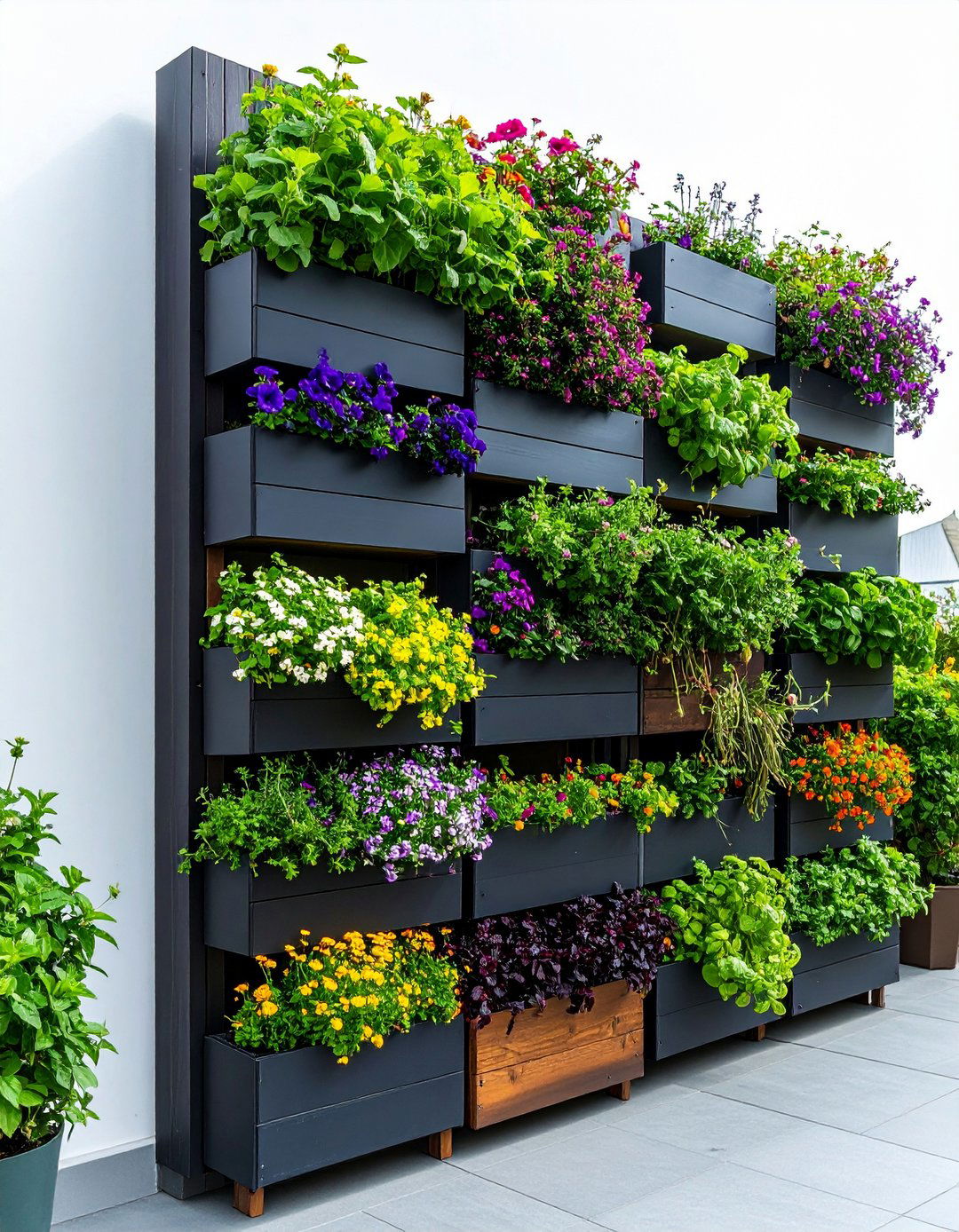
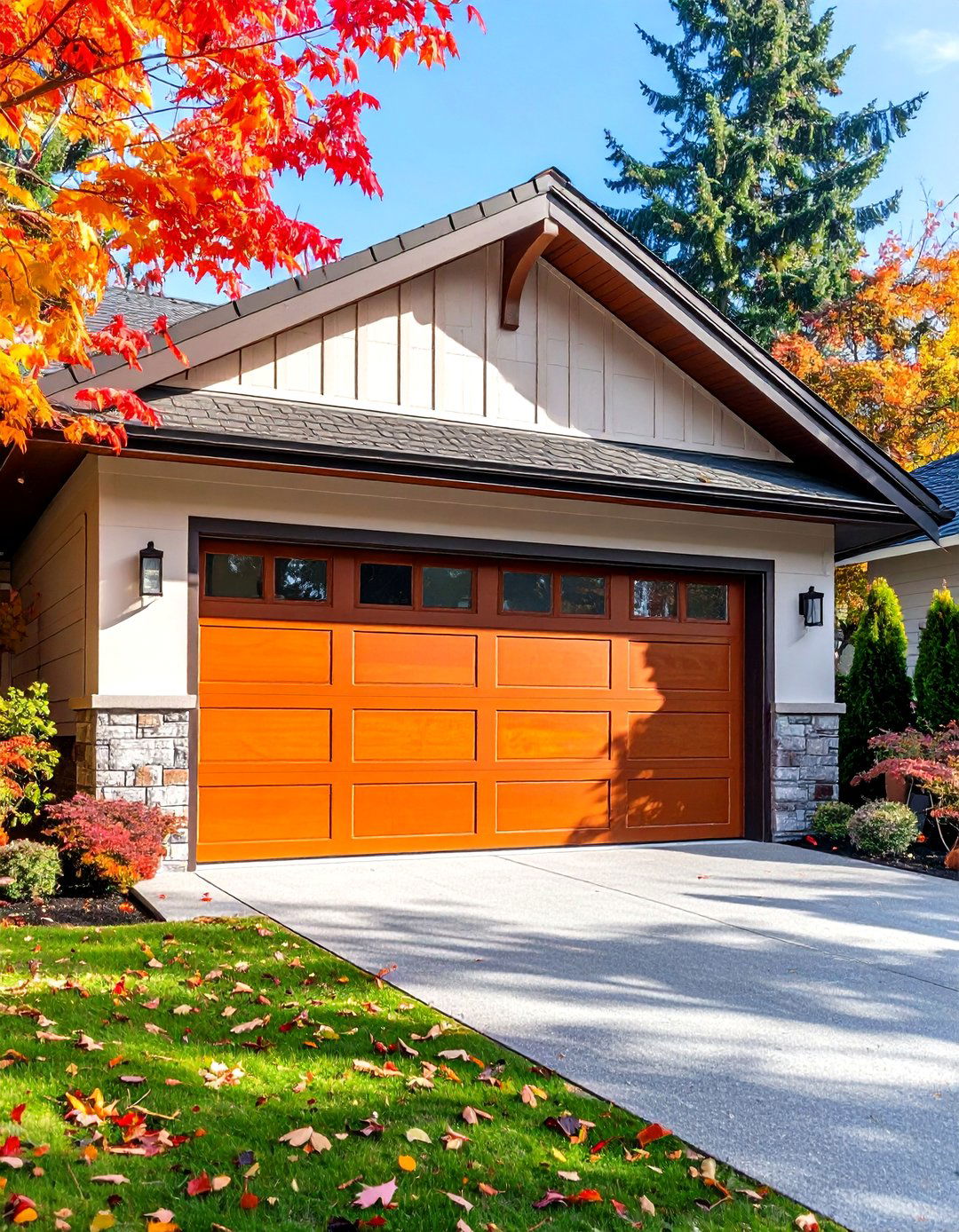

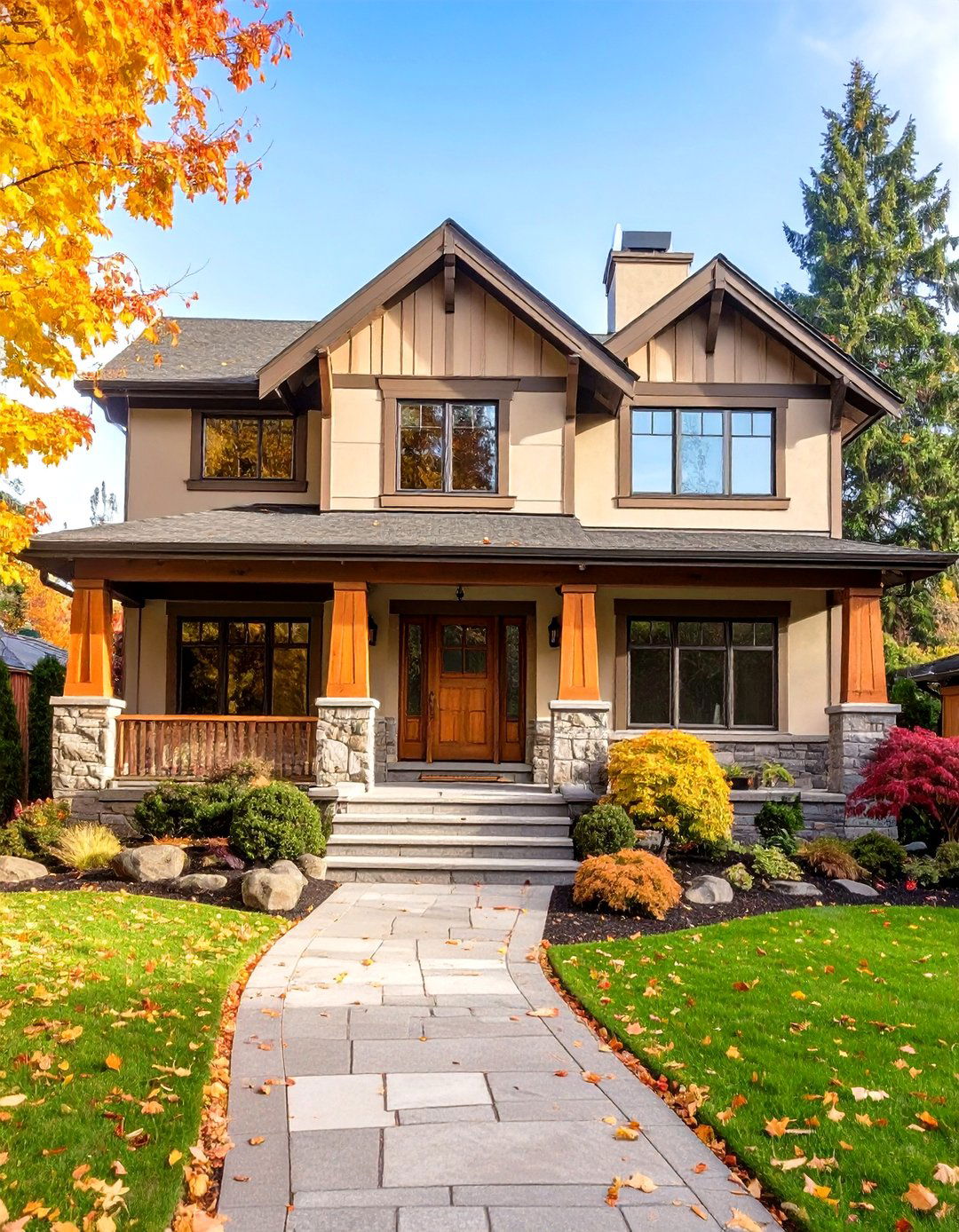
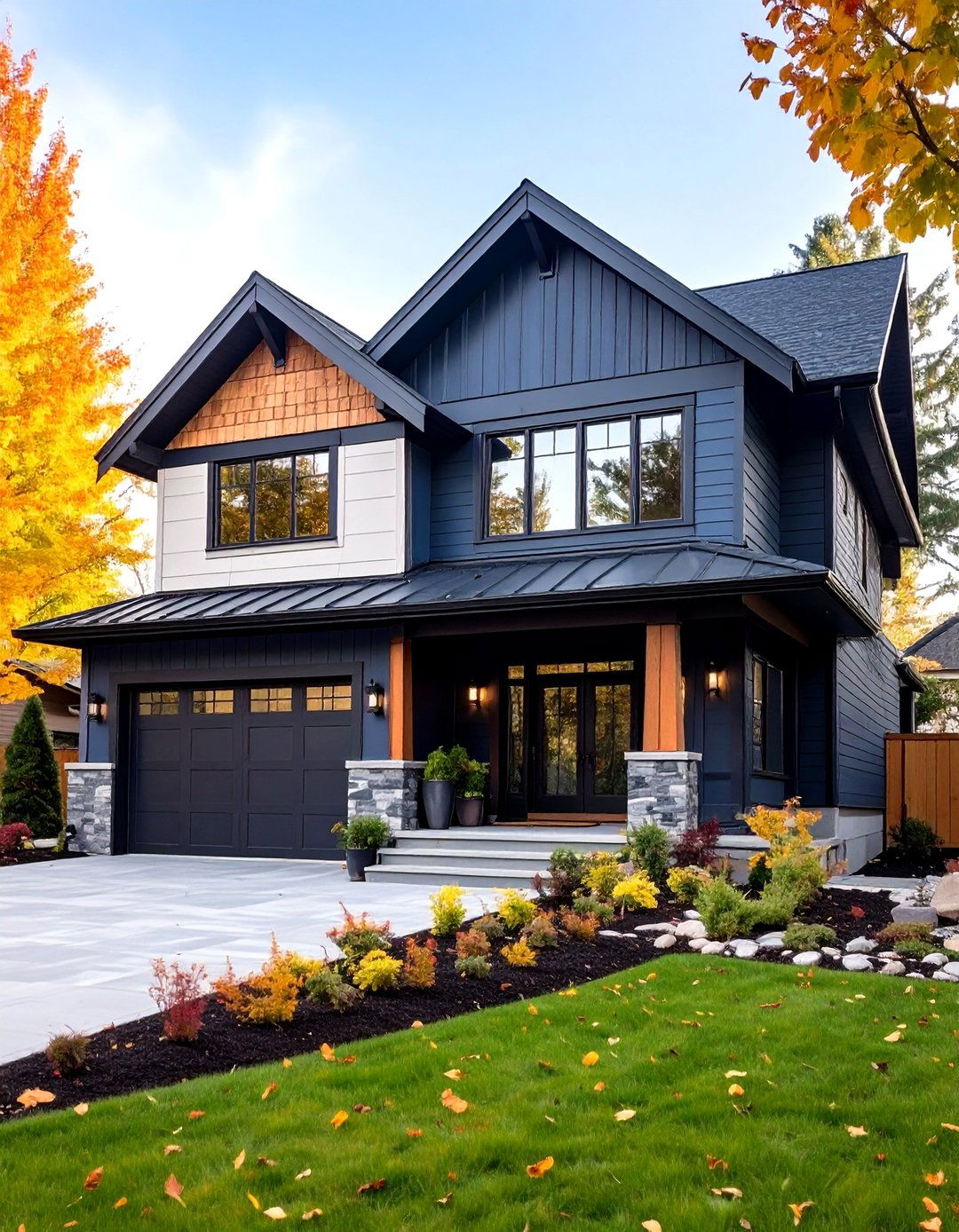
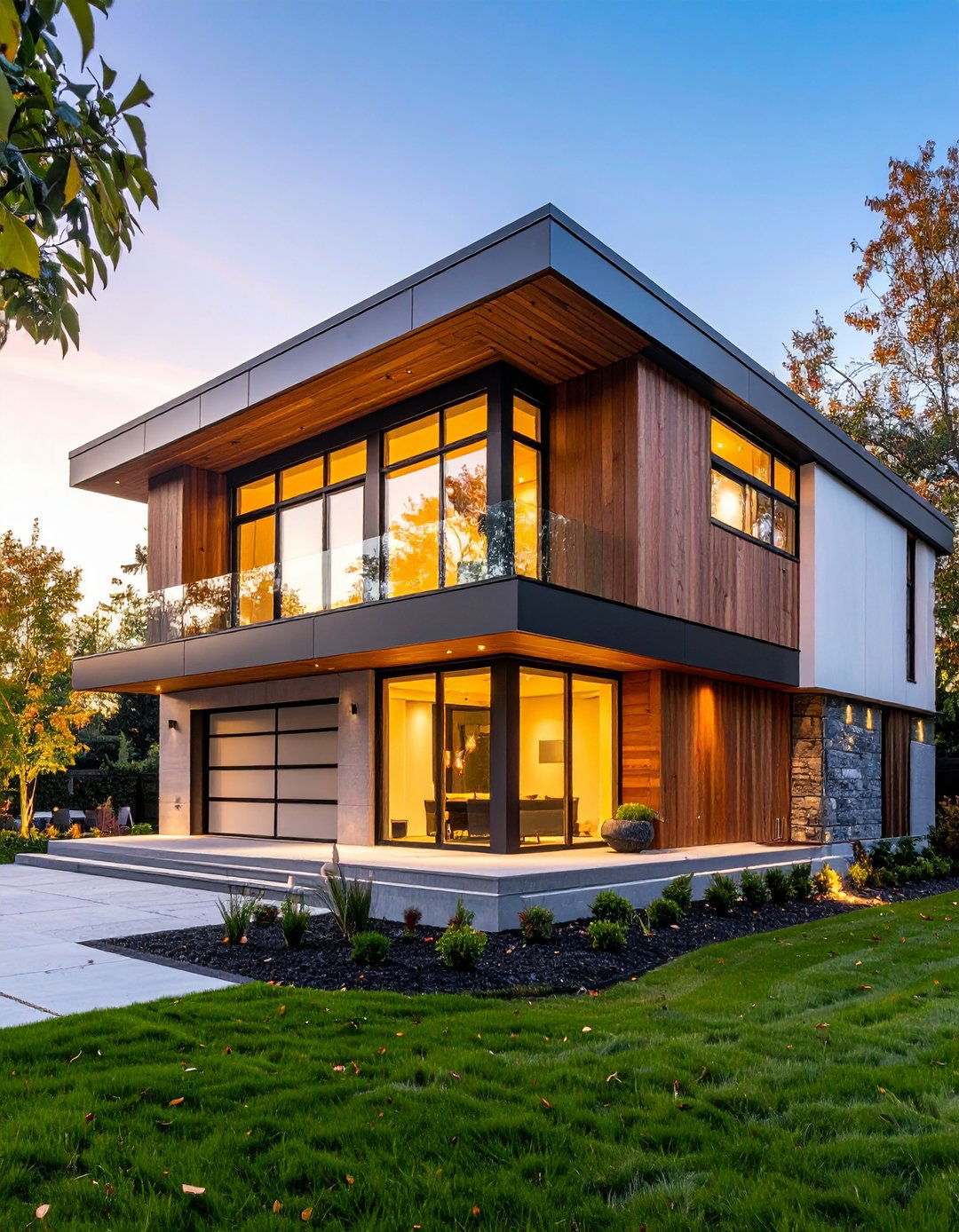
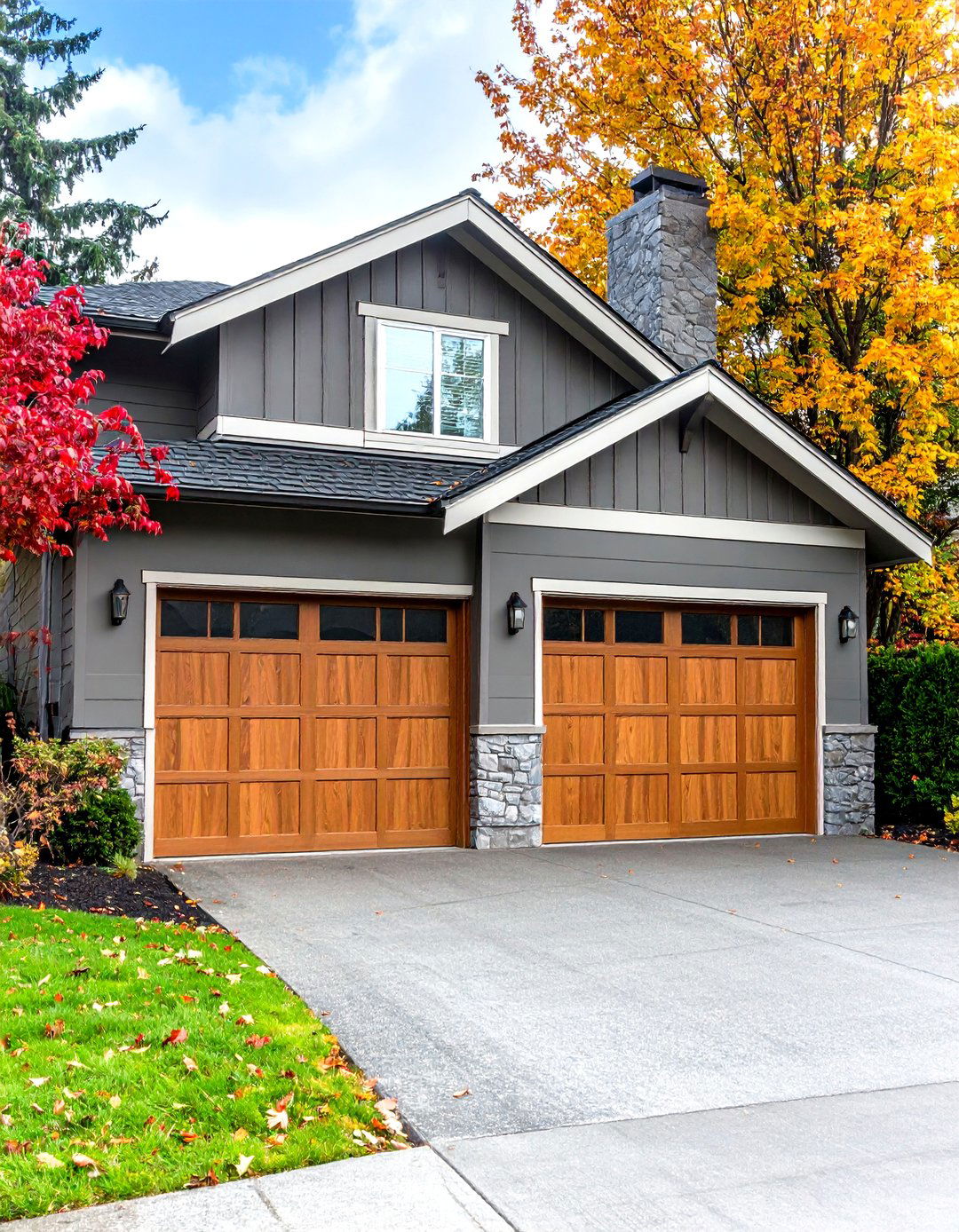
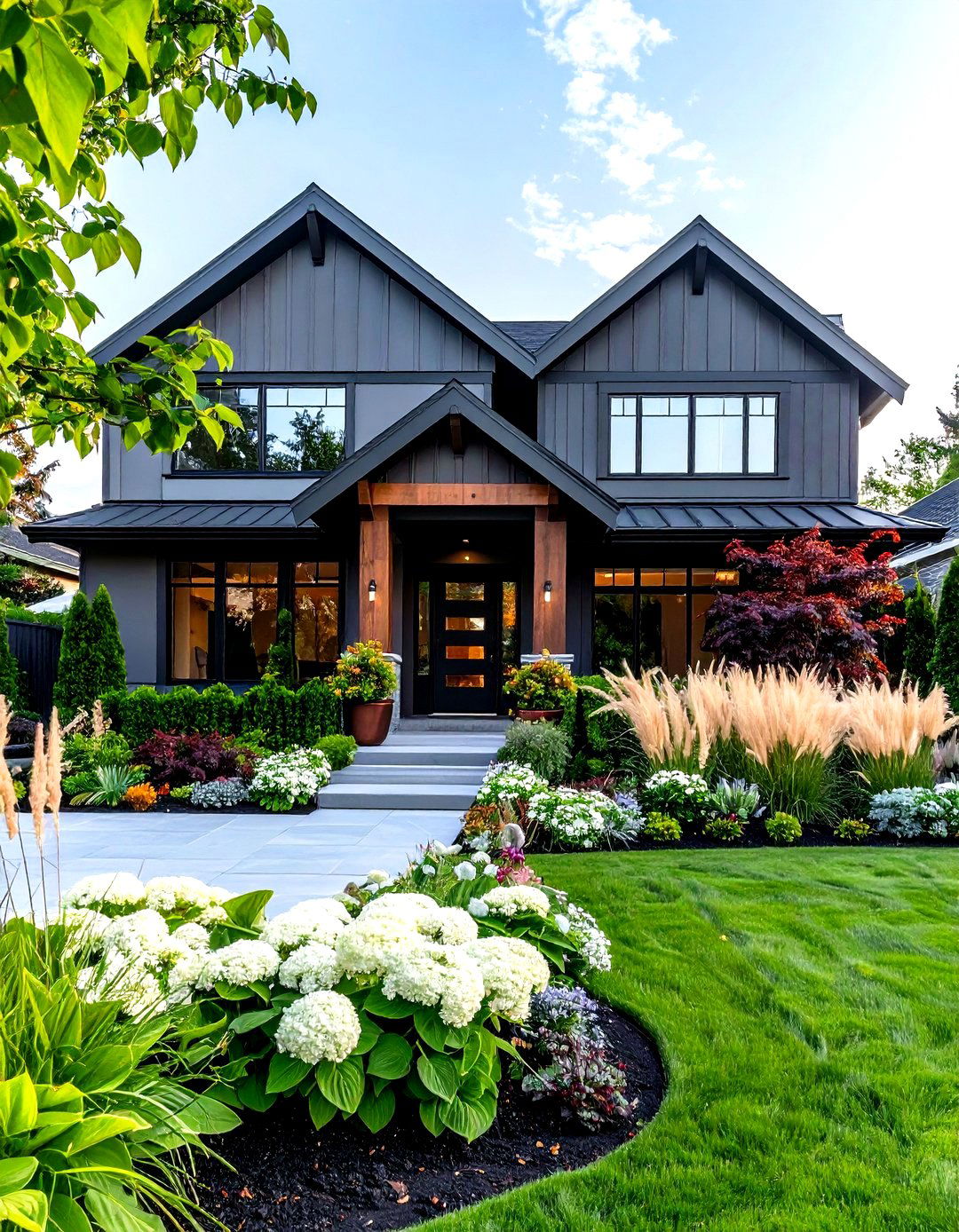

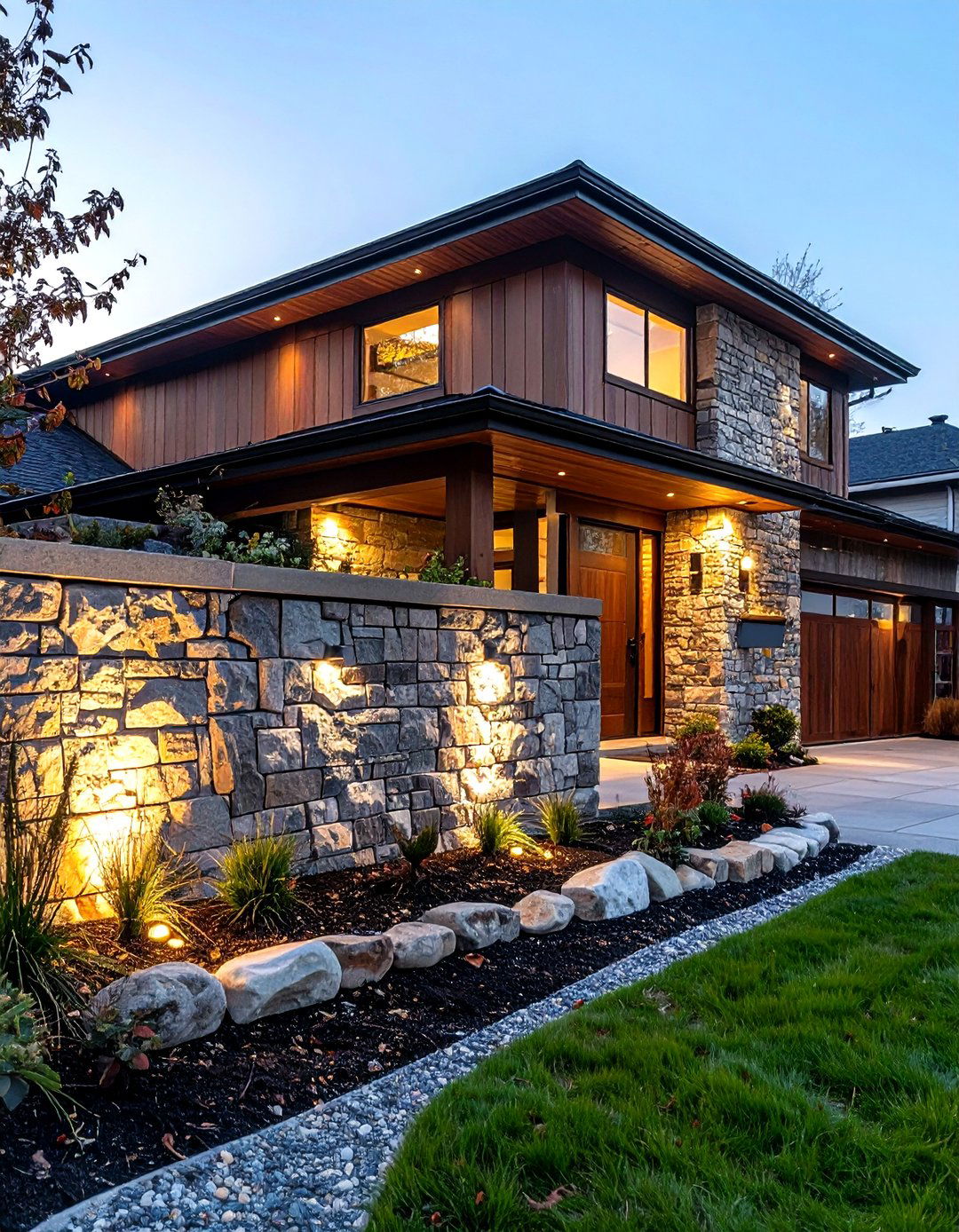
Leave a Reply